In addition to its outstanding global value in terms of natural landscape, geology and geomorphology recognized by UNESCO, Ha Long Bay is also considered to contain many other scientific values, especially cultural and historical values, creating a special attraction, and has been proposed by experts from the International Council on Monuments and Sites (ICOMOS) to study and prepare a dossier to propose UNESCO to consider and list it as a world heritage site.
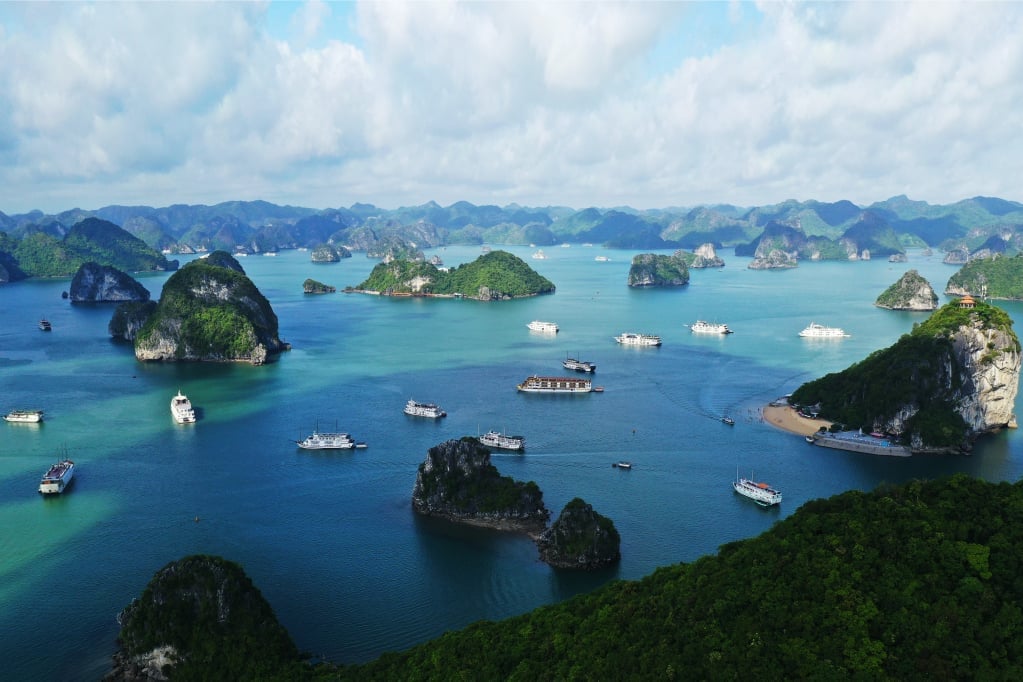
According to research documents, the Ha Long Bay area is identified as one of the cradles of ancient Vietnamese settlement. The earliest traces of human presence in the Ha Long Bay area belong to the owners of the Soi Nhu culture (dating from 18,000 - 7,000 years ago), followed by the owners of the Cai Beo culture (dating from 7,000 - 5,000 years ago) and finally the Ha Long culture (dating from 5,000 - 3,500 years ago).
Ha Long Bay and its vicinity are also the places that recorded many famous cultural and historical events of the nation from the feudal period to the modern period. With an important strategic position, as early as the 12th century (1149) under the reign of King Ly Anh Tong, Van Don trading port was established in the Ha Long Bay area. In the history of building and defending the country, Ha Long Bay is also the place that marks the heroic feats of the Vietnamese people, from the legendary story of the mother dragon and her child dragons descending to earth to help the Vietnamese fight foreign invaders, to the glorious feats of our ancestors in the battles to gain and preserve the independence of the nation.
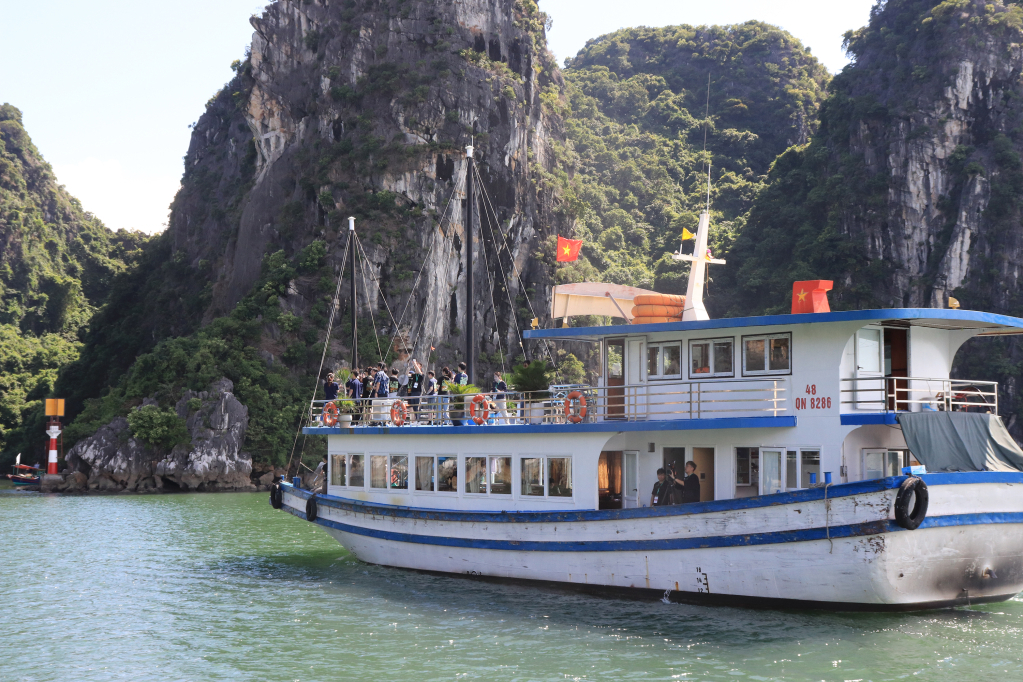
In addition to tangible cultural values, Ha Long Bay also contains unique intangible cultural values of the fishing community that once lived on the Bay. With a life closely connected to the sea, the simple fishermen have adapted and found a way to behave in harmony with nature with their rich folk knowledge. Today, although they have moved to the mainland to live, the unique cultural features of the fishing community on Ha Long Bay with customs, beliefs, festivals, and ways of making a living... are still preserved, conserved, restored and promoted, creating unique tourism products. Thereby, contributing to the unique characteristics of the world natural heritage Ha Long Bay.
Professor, Dr. Nguyen Van Kim, University of Social Sciences and Humanities (Vietnam National University, Hanoi) said, Due to the natural formation, Ha Long - Bai Tu Long Bay has always been located on the main route of the East Asian coastal trade system and has been the destination of many merchant ships, diplomatic ships, missionary groups, and cultural exchanges between Asia and the world. Ha Long sea culture has depth and rich infrastructure, with many tangible and intangible cultural values, and documentary heritage. These cultural heritages are the creative results of generations of Ha Long residents - the Northeast sea islands, but are also the achievements of cultural convergence from many regions.
Ha Long Bay was once considered a remote and rugged frontier area in the ancient and medieval times, but this is also an area with the most potential, rich reserves, and wealth in terms of positional resources, natural resources, and cultural and human resources. Ha Long - Bai Tu Long Bay is not only a majestic landscape area but also an area with an important geo-strategic position. Historically, it is in this sea and island space that communities have created creative marine cultures. Ha Long marine culture is the result of the continued development of Soi Nhu and Cai Beo cultures and regional cultural exchanges. Ha Long culture, with its typical characteristics, is a vivid demonstration of the tradition of exploiting the sea, thinking towards the sea, and developing the marine economy. These values have contributed to increasing the unique value, depth, integrity, and authenticity of Ha Long Bay World Heritage.
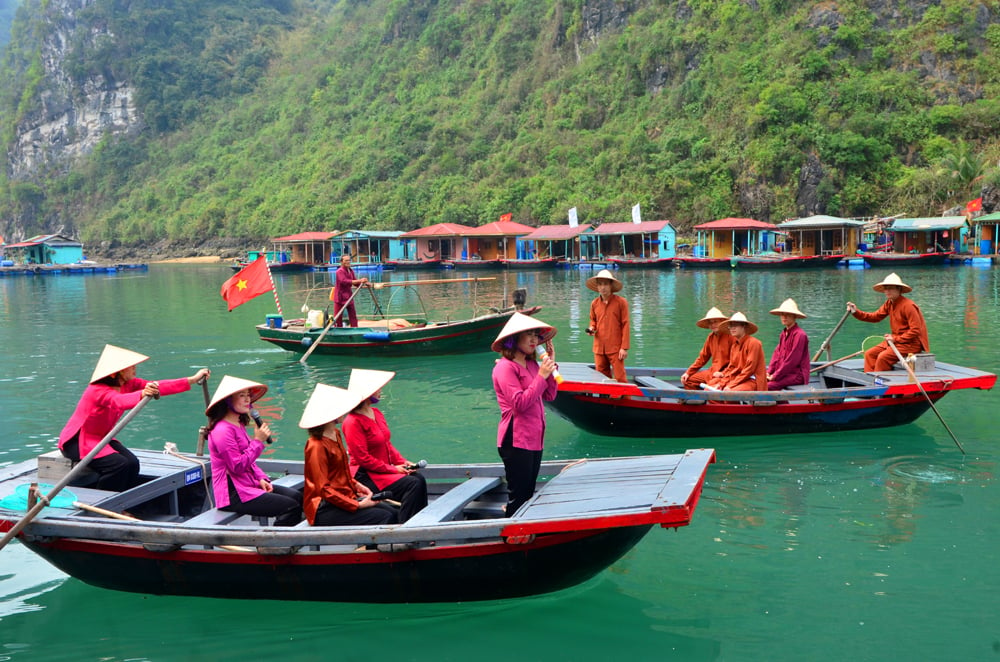
Professor, Dr. Tu Thi Loan, Chairwoman of the Science and Training Council (Vietnam National Institute of Culture and Arts) said: In addition to the aesthetic, geological and geomorphological values, Ha Long Bay is also the place where many unique cultural values are born, preserved and transmitted. That is the soul, the spirit, the unique characteristics that create the attraction and appeal for tourists to experience and learn about the culture here. Currently, a number of livelihood activities, cultural activities, folk arts, and culinary culture in fishing villages have become unique tourism resources in the Ha Long Bay area, becoming a strength to attract domestic and foreign tourists, creating jobs and income for the people. If we only focus on exploiting the geological, geomorphological and landscape values of the natural heritage, we will inadvertently lose another important strength, which is to exploit the rich cultural resources here to serve the socio-economic development in general and tourism development in particular. Quang Ninh province should learn from the experience in preparing a dossier to submit to UNESCO for Ha Long Bay as a mixed heritage including both cultural and natural heritage, continuing to enhance the heritage.
In order to promote the cultural and historical values of Ha Long Bay, along with the work of preserving, maintaining and exploiting the landscape, geology and geomorphology, Quang Ninh province has made efforts to implement many solutions in recent times. The province has assigned relevant agencies to promote research and investigation work as a scientific basis for implementing the conservation and promotion of cultural heritage values; promote cultural values at domestic events, international cooperation and exchange; display and introduce these values widely to the international community...
In addition, the Ha Long Bay Management Board has issued plans to preserve and promote the cultural values of fishing villages, stage and teach 2 love song scripts; teach traditional weaving and fishing gear making techniques; and produce documentaries on fishing village culture. At the same time, put into operation unique, rich and attractive tourism products from cultural values such as: Experiencing fishing village culture in Cua Van area, visiting archaeological sites in Me Cung cave, archaeological exhibition area in Tien Ong cave, pearl farming and processing area in Tung Sau lagoon, Vung Vieng, experiencing cuisine and shopping for local products in Cap Tao area, visiting aquaculture area combined with responsible tourism in Vung Vieng...
In particular, at the end of October, the Ha Long Bay Management Board organized a workshop on “Identifying and evaluating typical and unique cultural values in Ha Long Bay” with the participation of many domestic and foreign experts. The workshop consult widely with management agencies, experts and scientists in identifying and evaluating typical and unique cultural values; provide orientations, viewpoints, roadmaps and difficulties in determining outstanding global values according to UNESCO's cultural criteria; advise the People's Committee of Quang Ninh province to research and propose appropriate and effective solutions for management, preservation and promotion of the cultural values of the Ha Long Bay heritage area.
Mr. Pham Dinh Huynh, Deputy Head of Ha Long Bay Management Board, said: In the current context of globalization, identifying and preserving cultural values is extremely necessary to contribute to preserving national identity and cultural heritage of humanity. In addition, facing the challenges of climate change, extreme weather phenomena such as the recent Yagi storm, the issue of protecting, preserving and promoting the above-mentioned valuable intangible cultural heritage values is even more urgent. In the coming time, the Board will research, advise, propose to implement restoration programs, build suitable tourism products, implement conservation plans, and at the same time bring tourists closer to cultural values to promote, disseminate, promote and affirm the position of Ha Long Bay on the world heritage map as well as the world tourism map.
Source


![[Photo] Closing of the 4th Summit of the Partnership for Green Growth and the Global Goals](https://vstatic.vietnam.vn/vietnam/resource/IMAGE/2025/4/17/c0a0df9852c84e58be0a8b939189c85a)
![[Photo] Nhan Dan Newspaper announces the project "Love Vietnam so much"](https://vstatic.vietnam.vn/vietnam/resource/IMAGE/2025/4/17/362f882012d3432783fc92fab1b3e980)
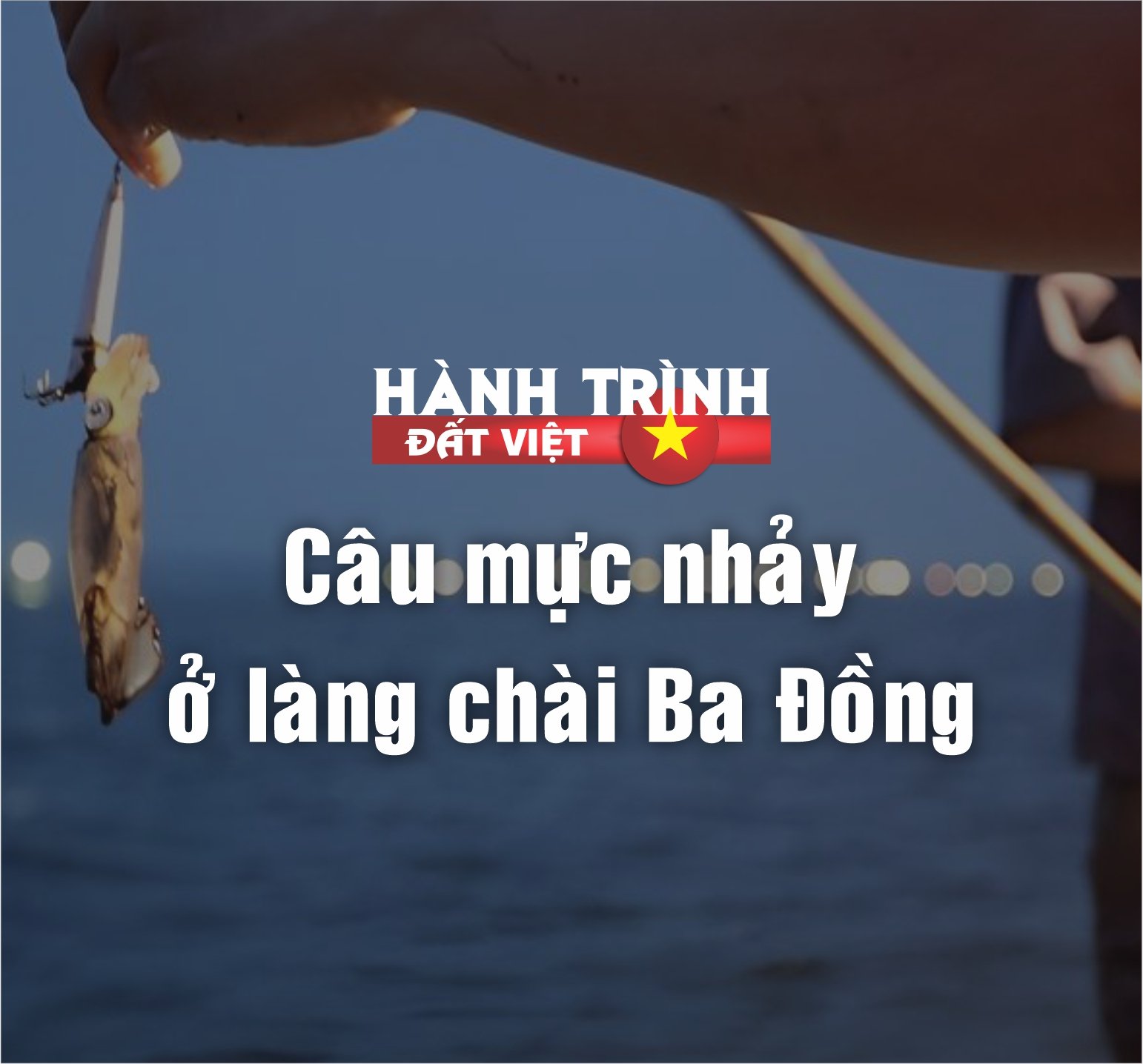
![[Photo] Promoting friendship, solidarity and cooperation between the armies and people of the two countries](https://vstatic.vietnam.vn/vietnam/resource/IMAGE/2025/4/17/0c4d087864f14092aed77252590b6bae)
![[Photo] National Assembly Chairman Tran Thanh Man meets with outstanding workers in the oil and gas industry](https://vstatic.vietnam.vn/vietnam/resource/IMAGE/2025/4/17/1d0de4026b75434ab34279624db7ee4a)
![[Photo] General Secretary To Lam receives French Ambassador to Vietnam Olivier Brochet](https://vstatic.vietnam.vn/vietnam/resource/IMAGE/2025/4/17/49224f0f12e84b66a73b17eb251f7278)
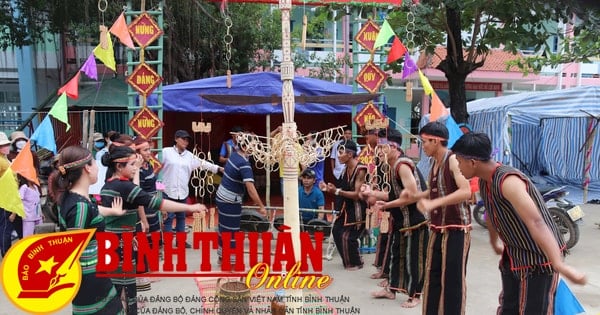
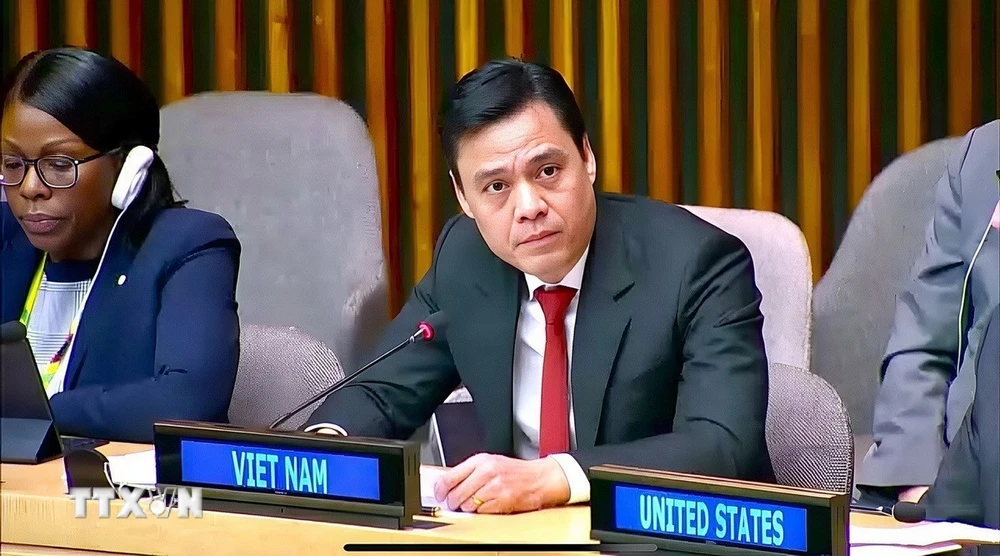

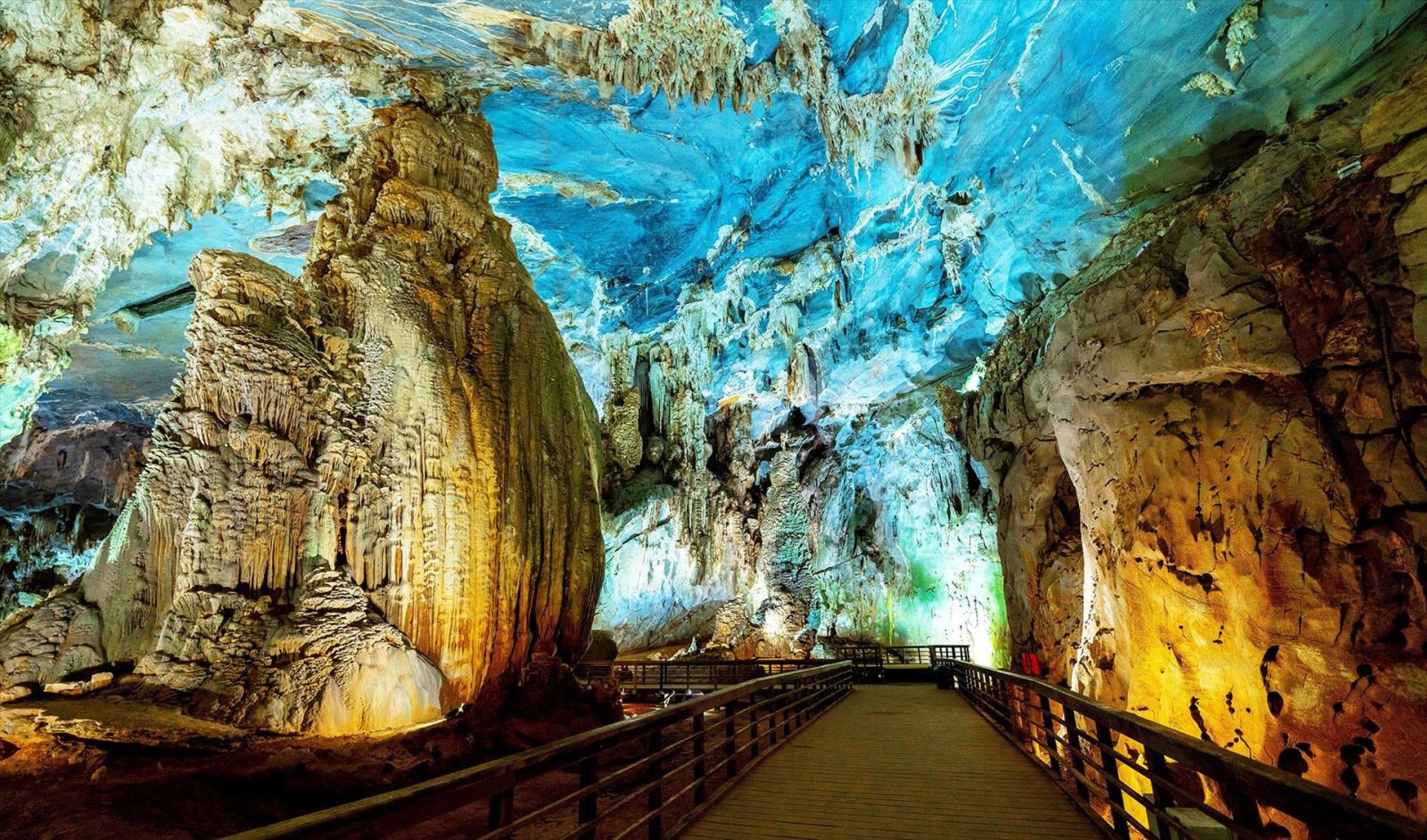

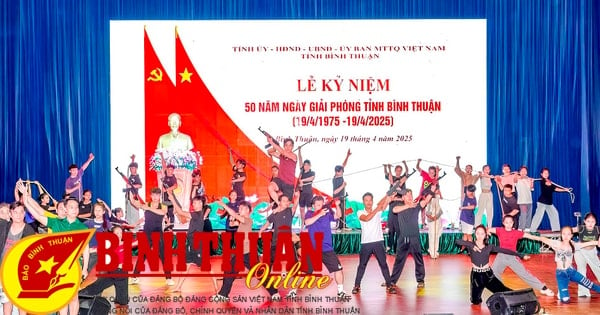
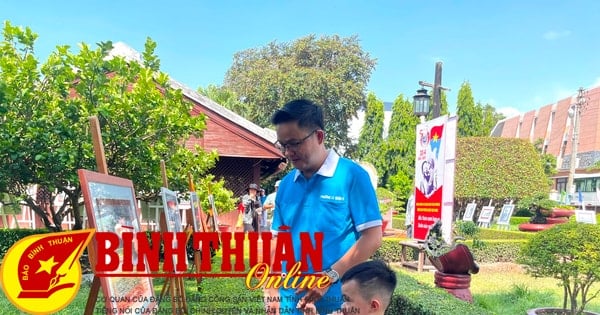
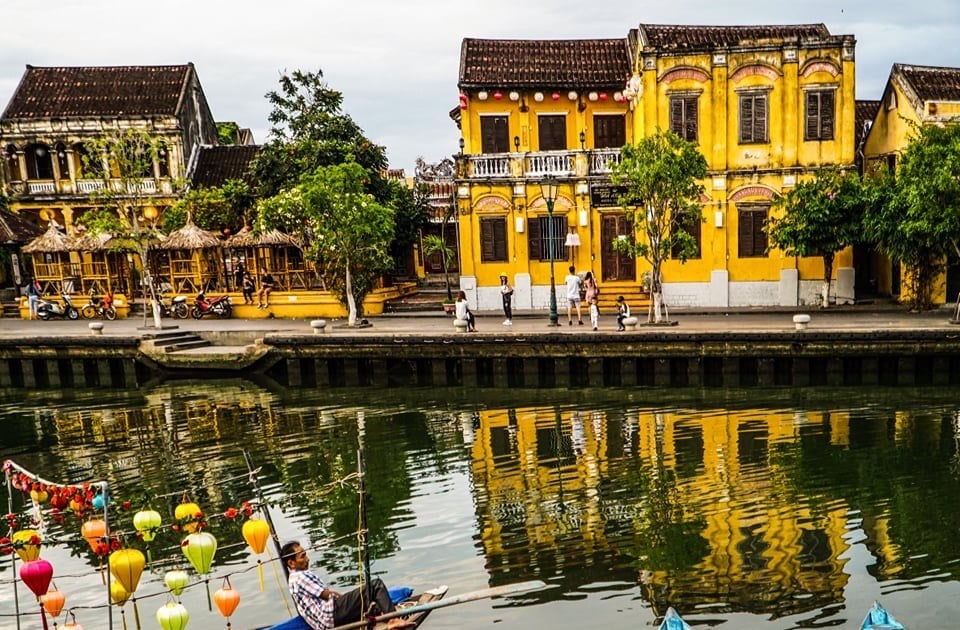

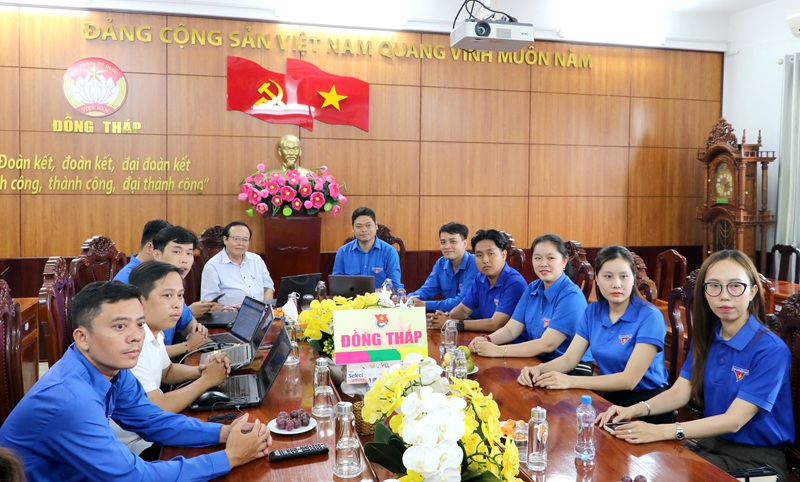
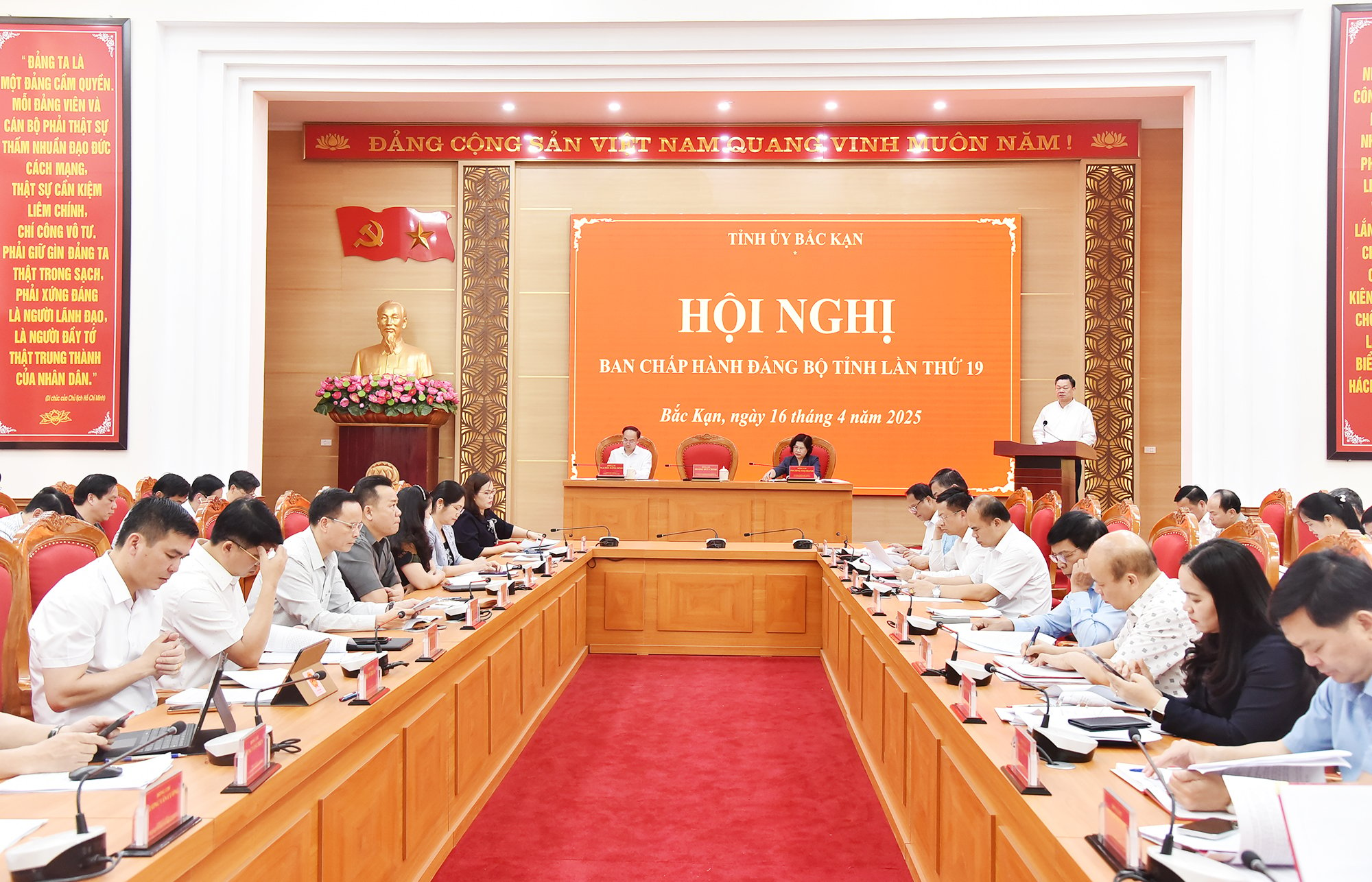
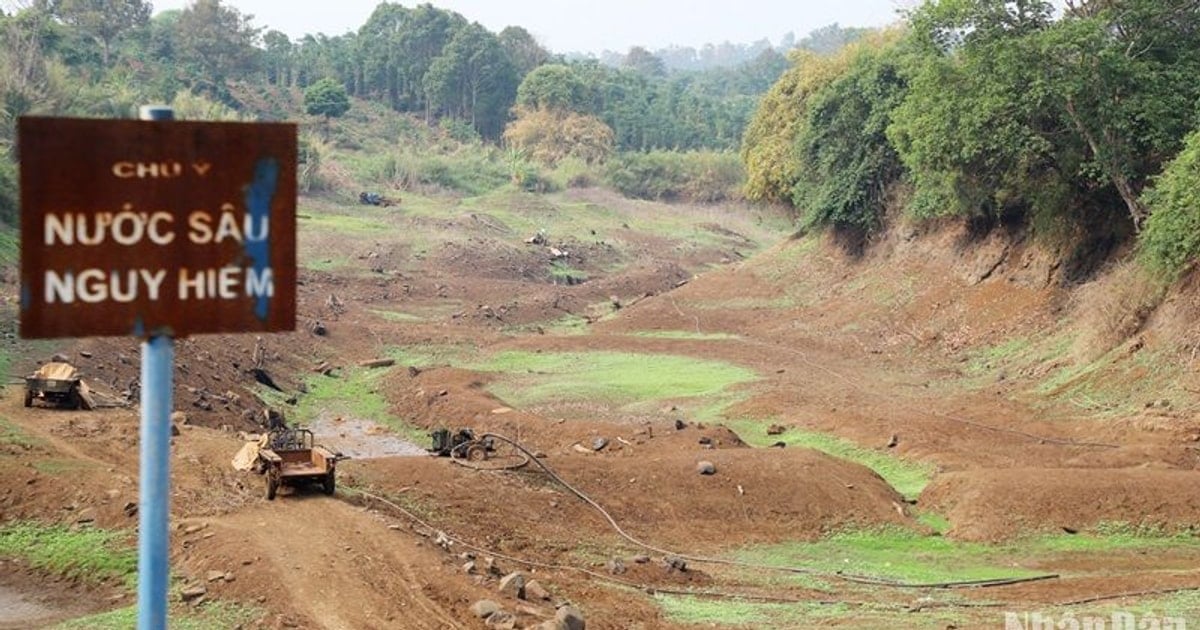
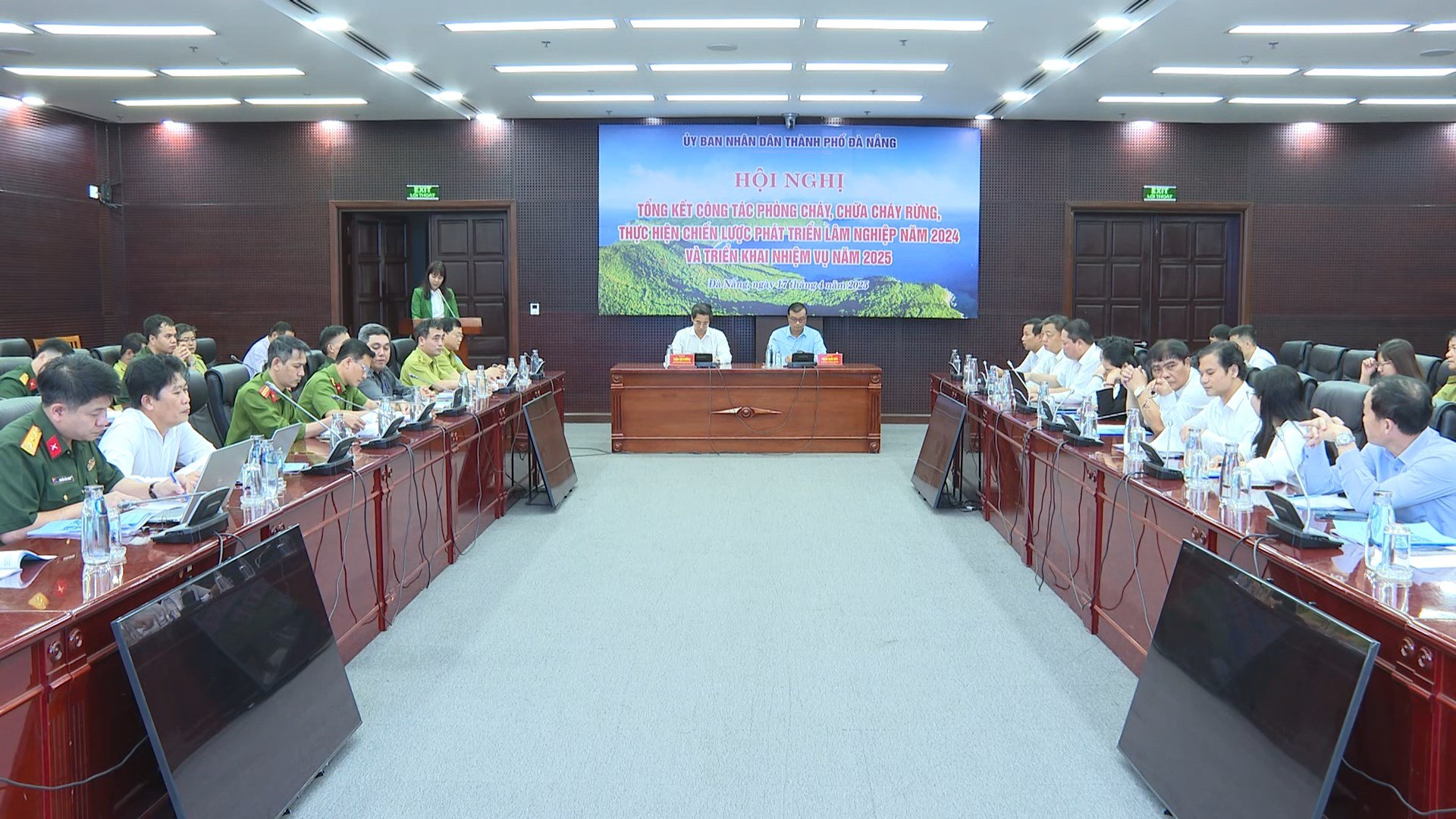
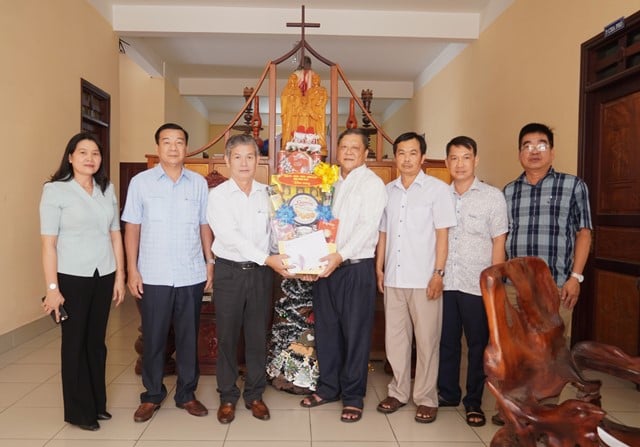
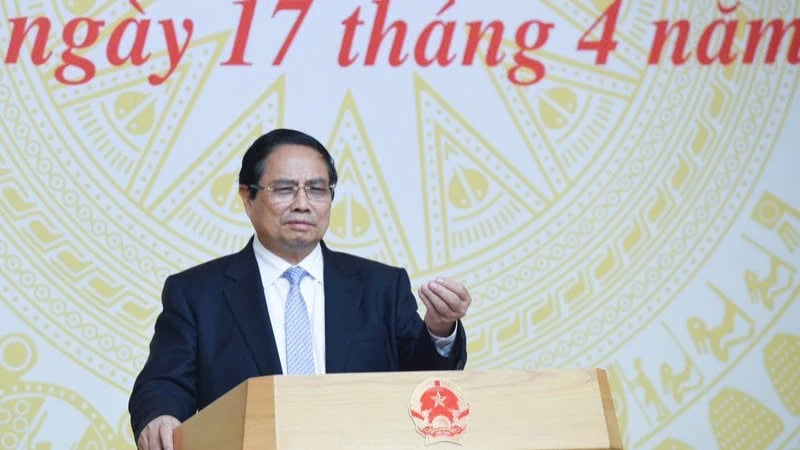

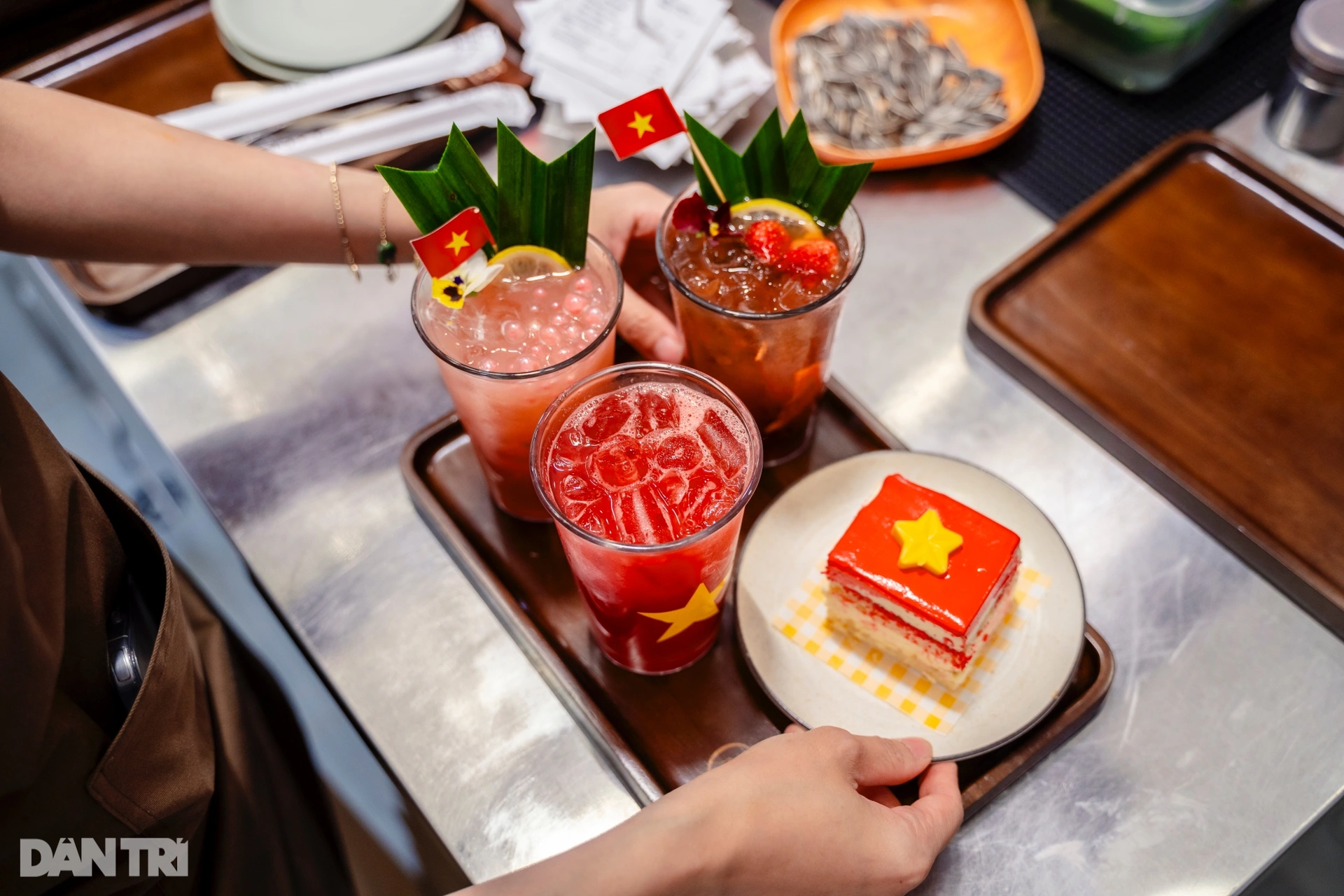


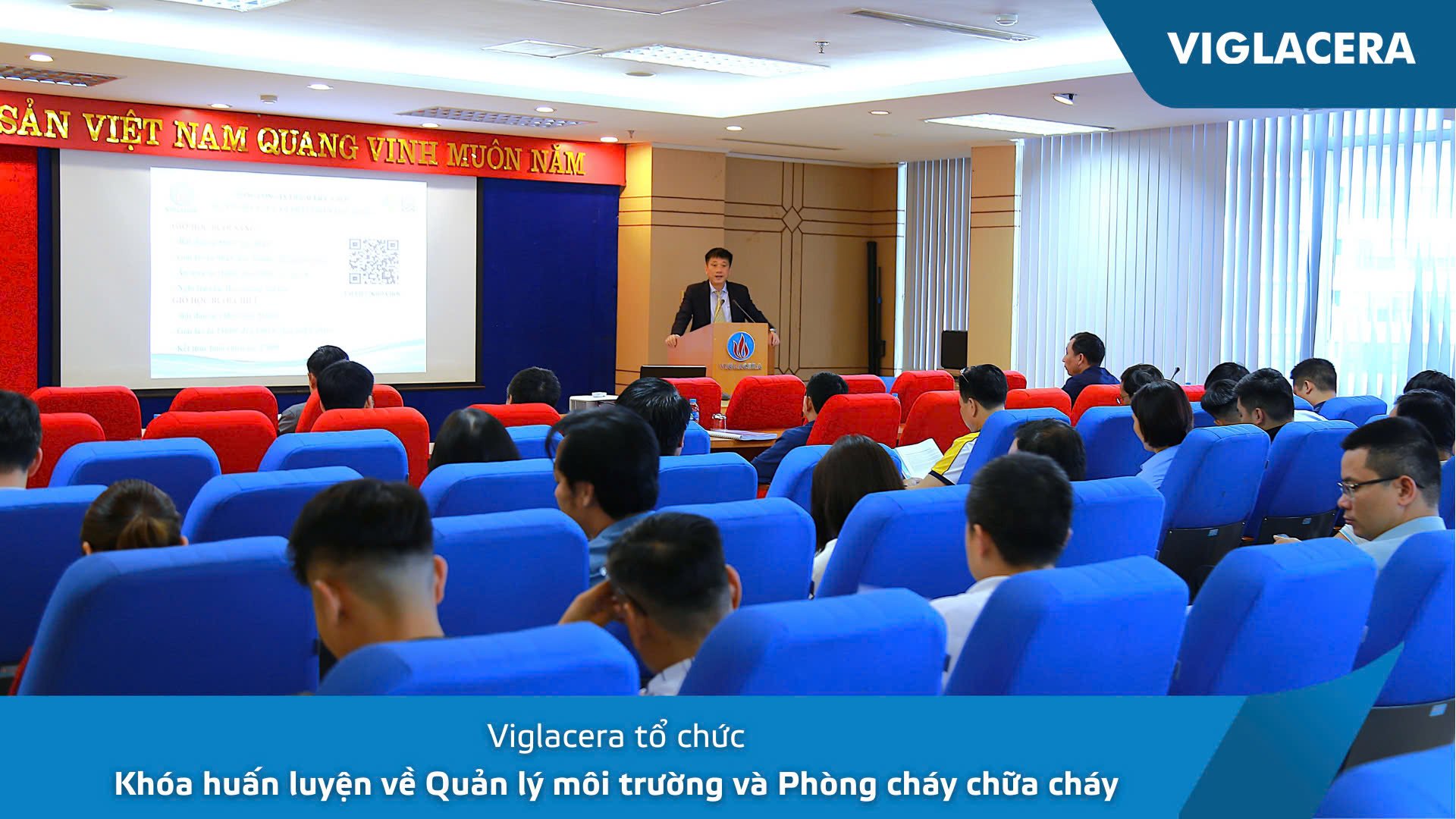
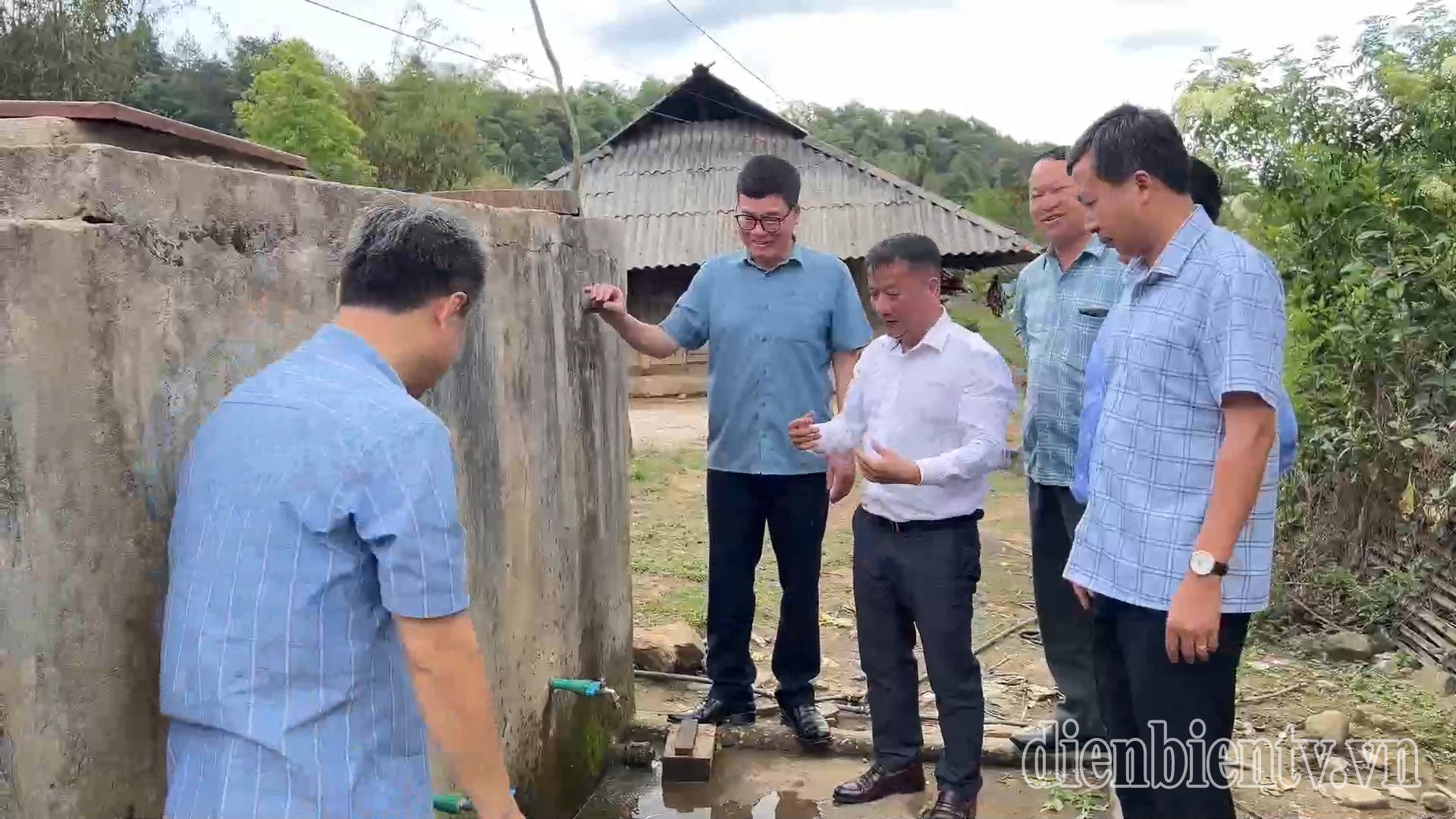


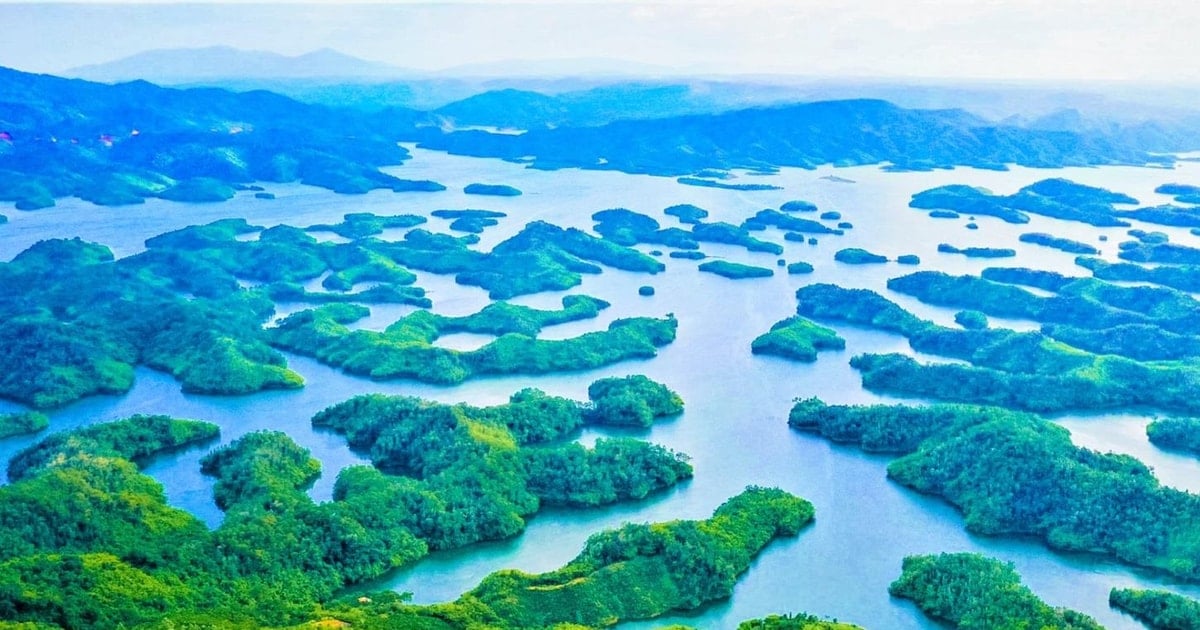
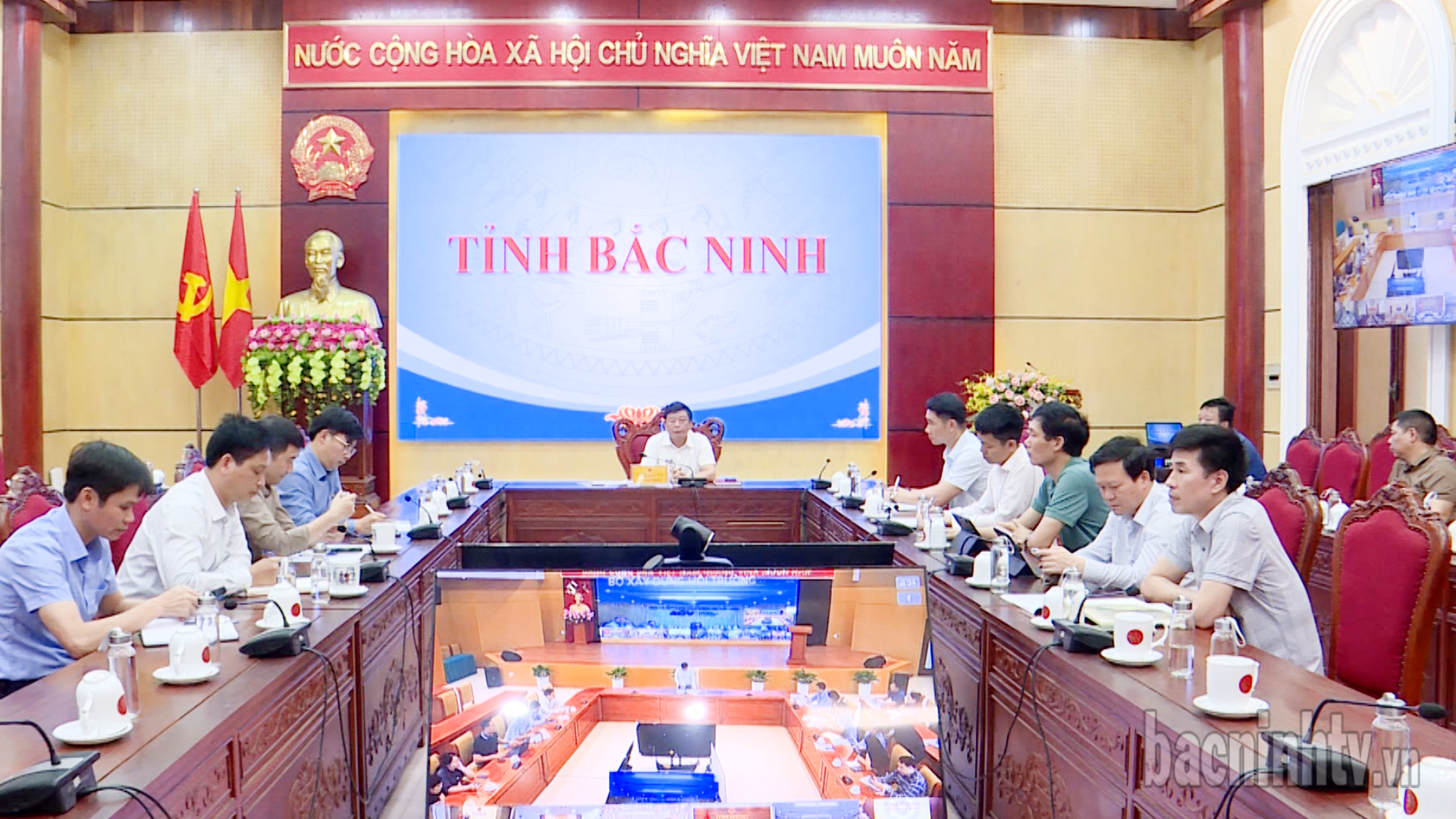
![[Photo] Welcoming ceremony for Chinese Defense Minister and delegation for friendship exchange](https://vstatic.vietnam.vn/vietnam/resource/IMAGE/2025/4/17/fadd533046594e5cacbb28de4c4d5655)
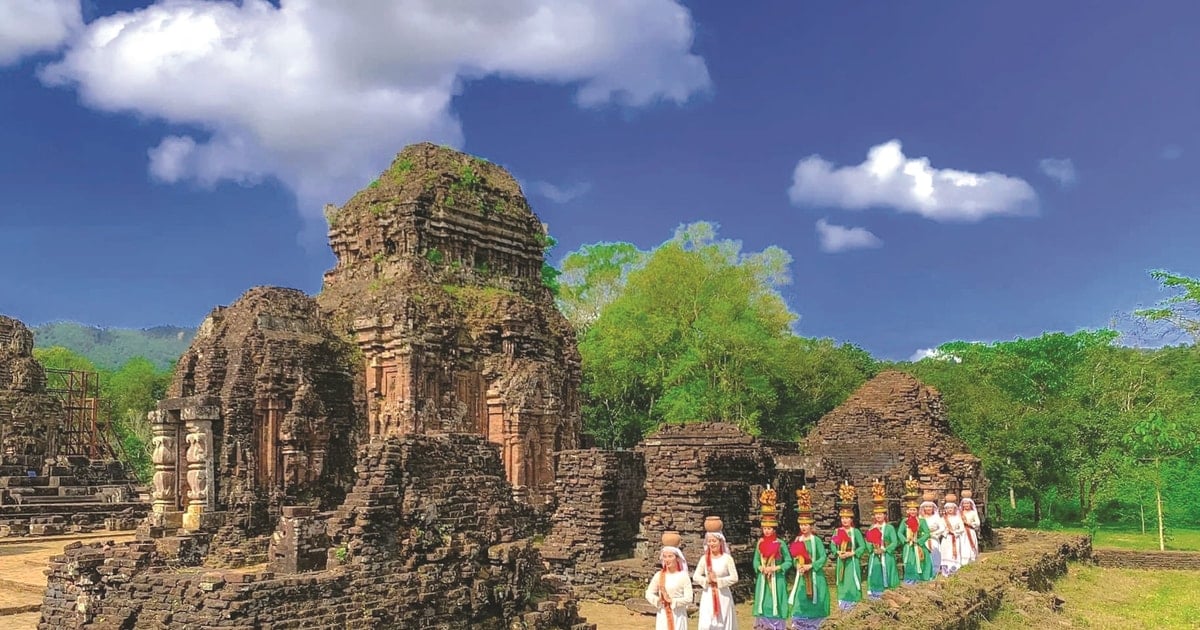
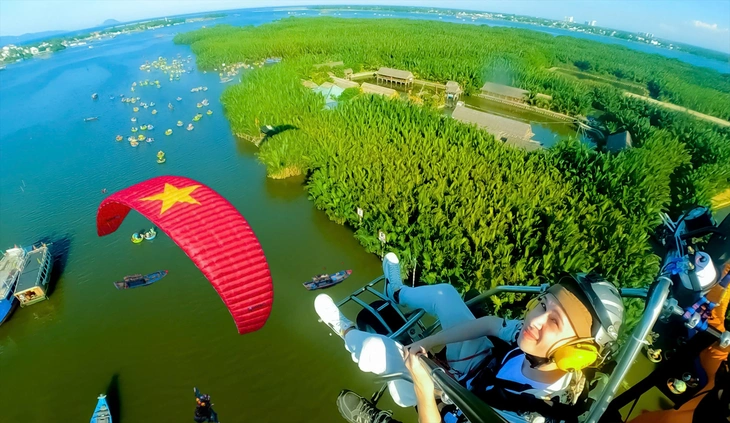

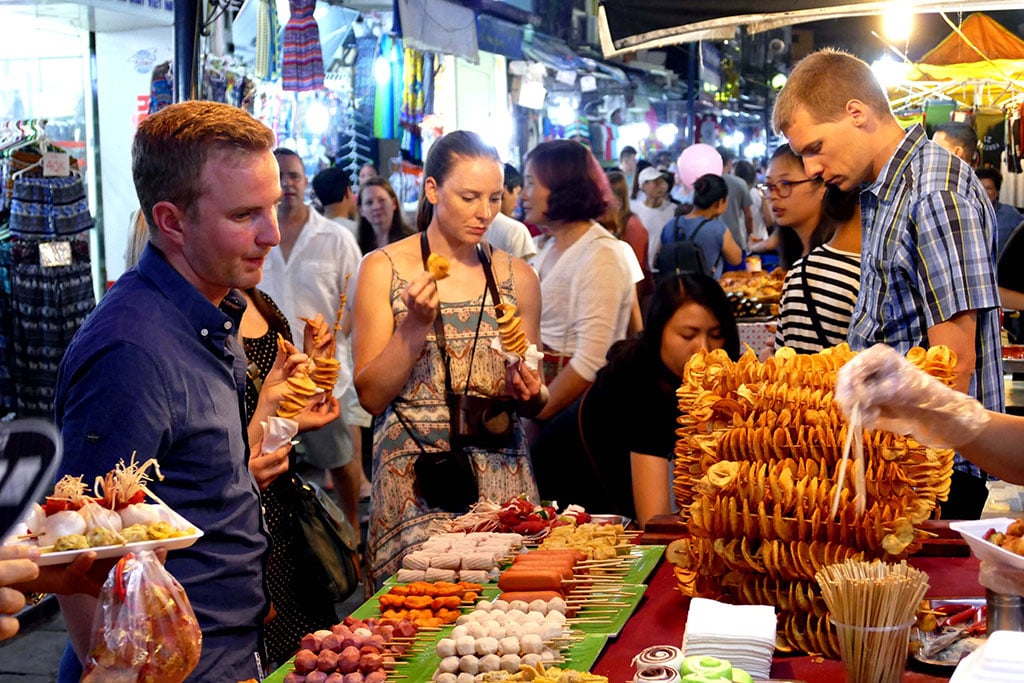

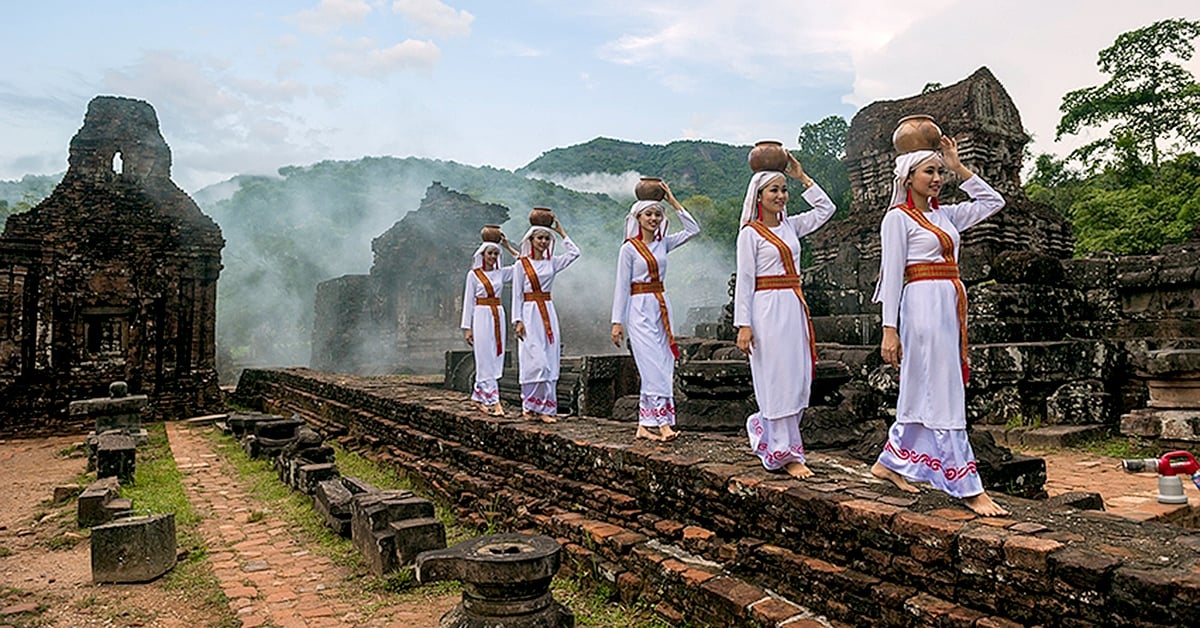
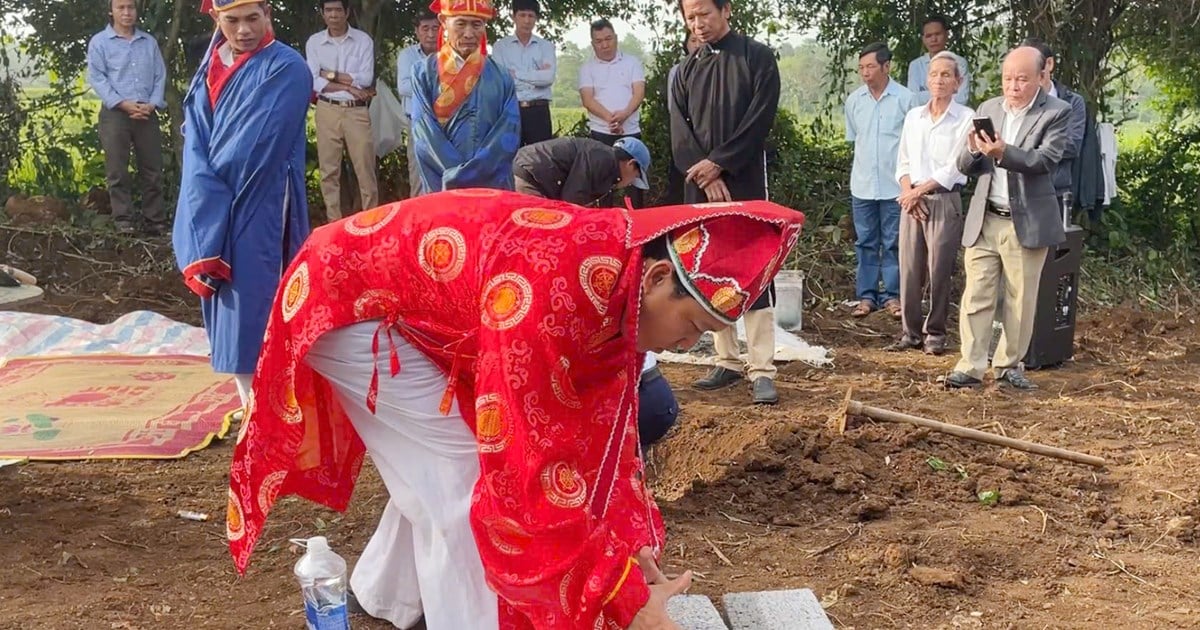
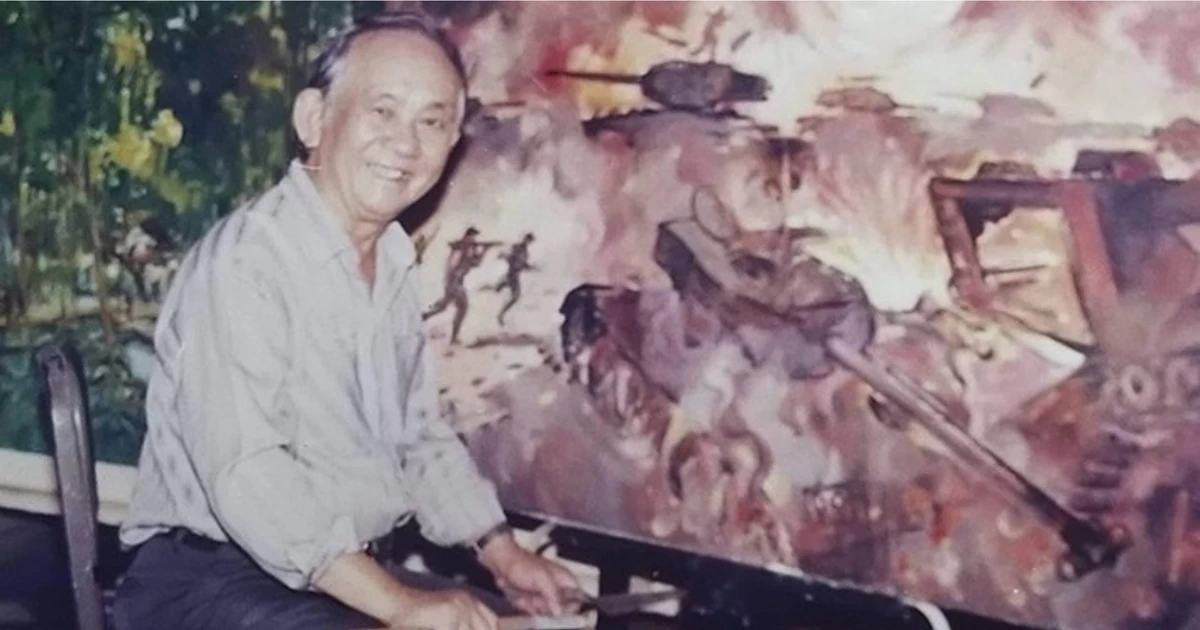
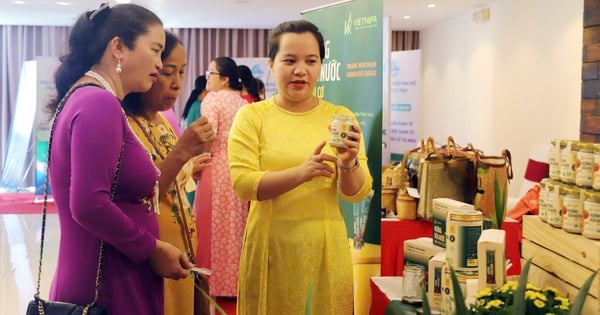
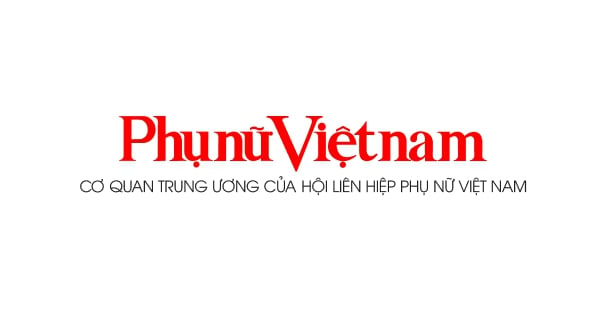






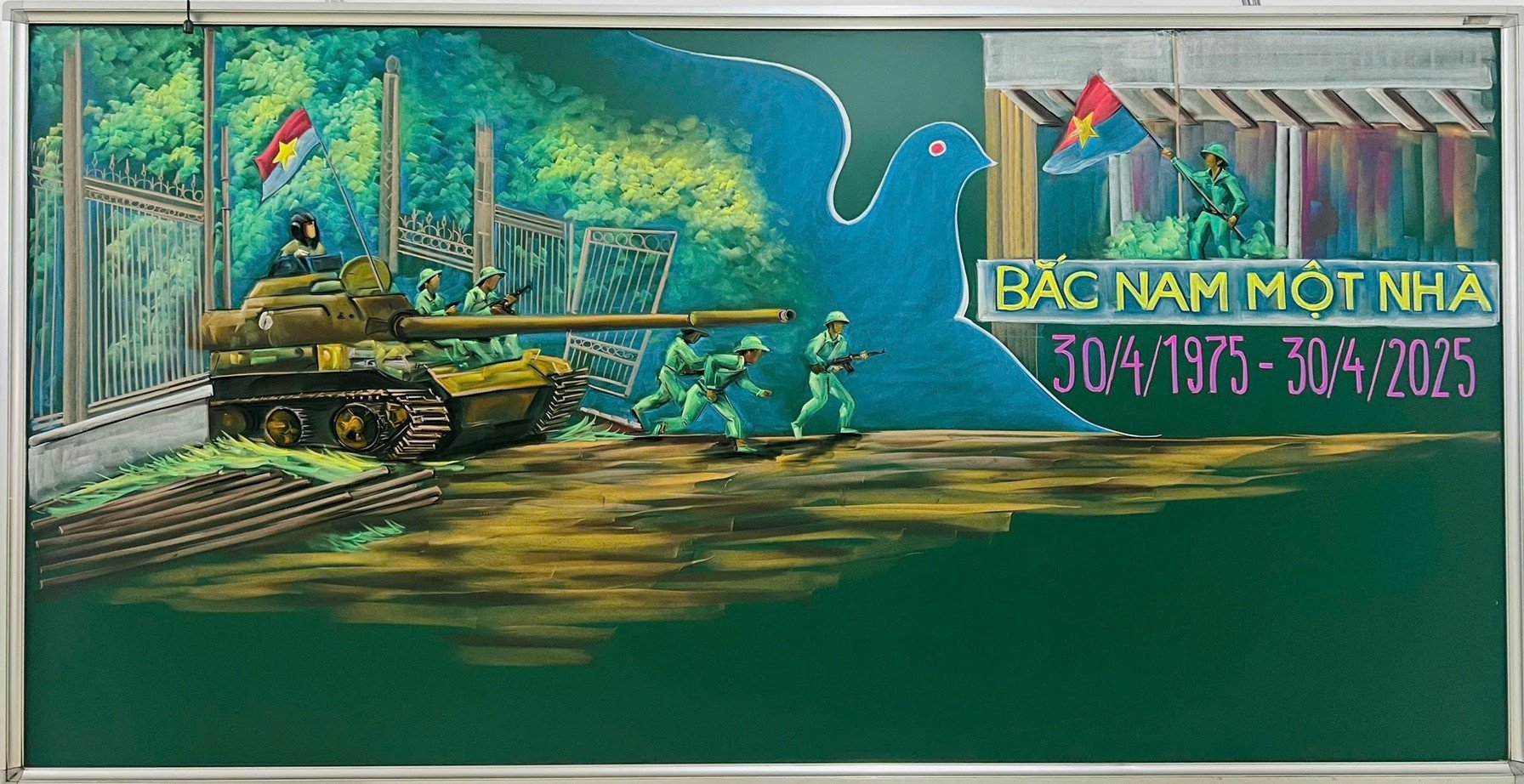
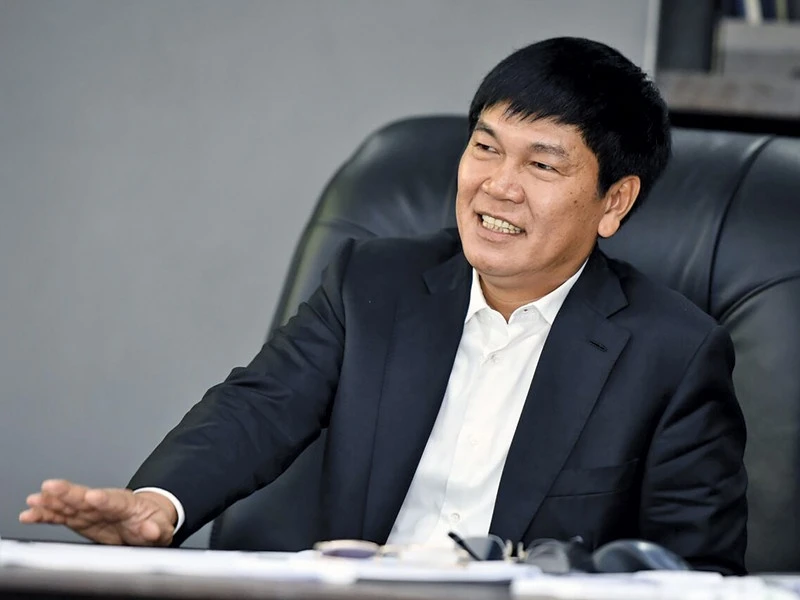

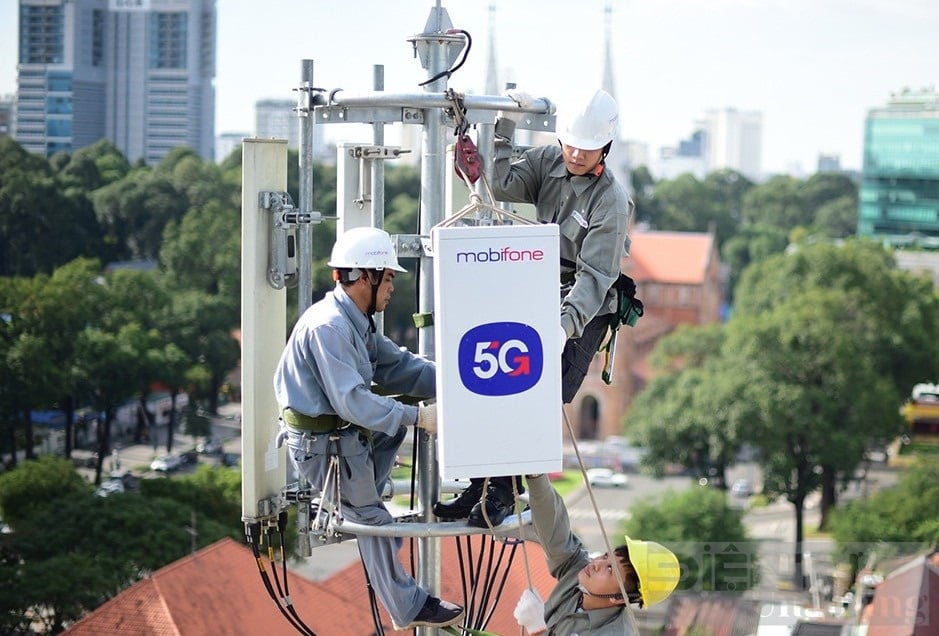

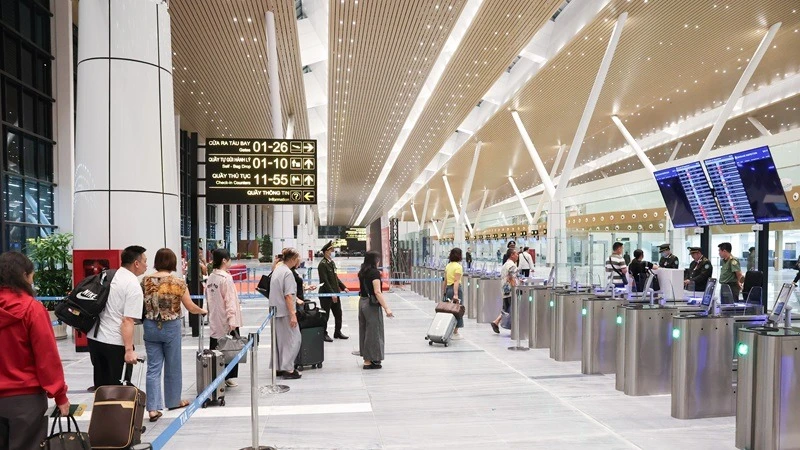

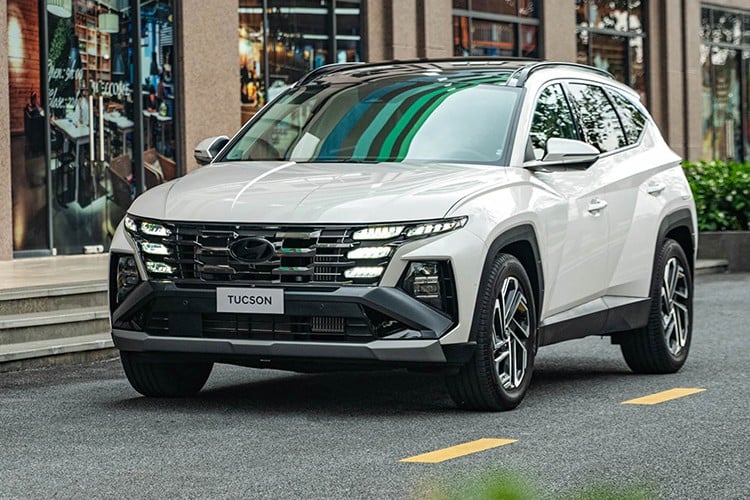

![[Video] Viettel officially puts into operation the largest submarine optical cable line in Vietnam](https://vstatic.vietnam.vn/vietnam/resource/IMAGE/2025/4/17/f19008c6010c4a538cc422cb791ca0a1)
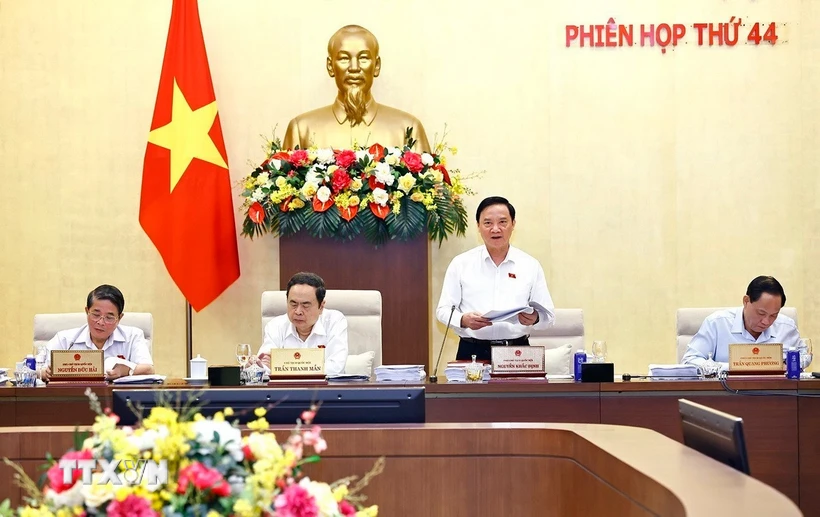
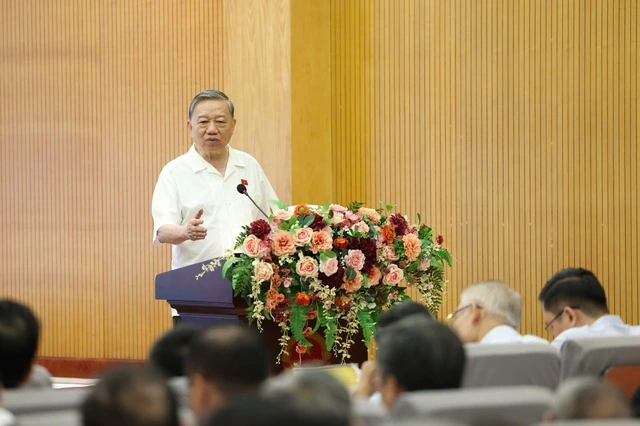

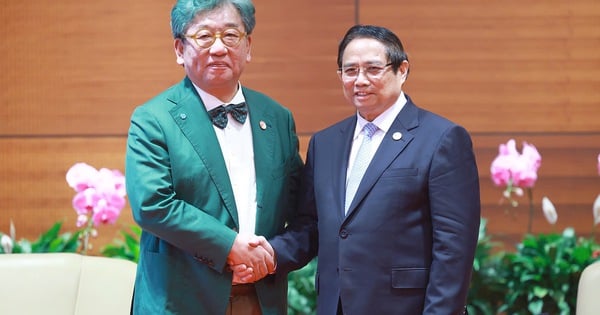
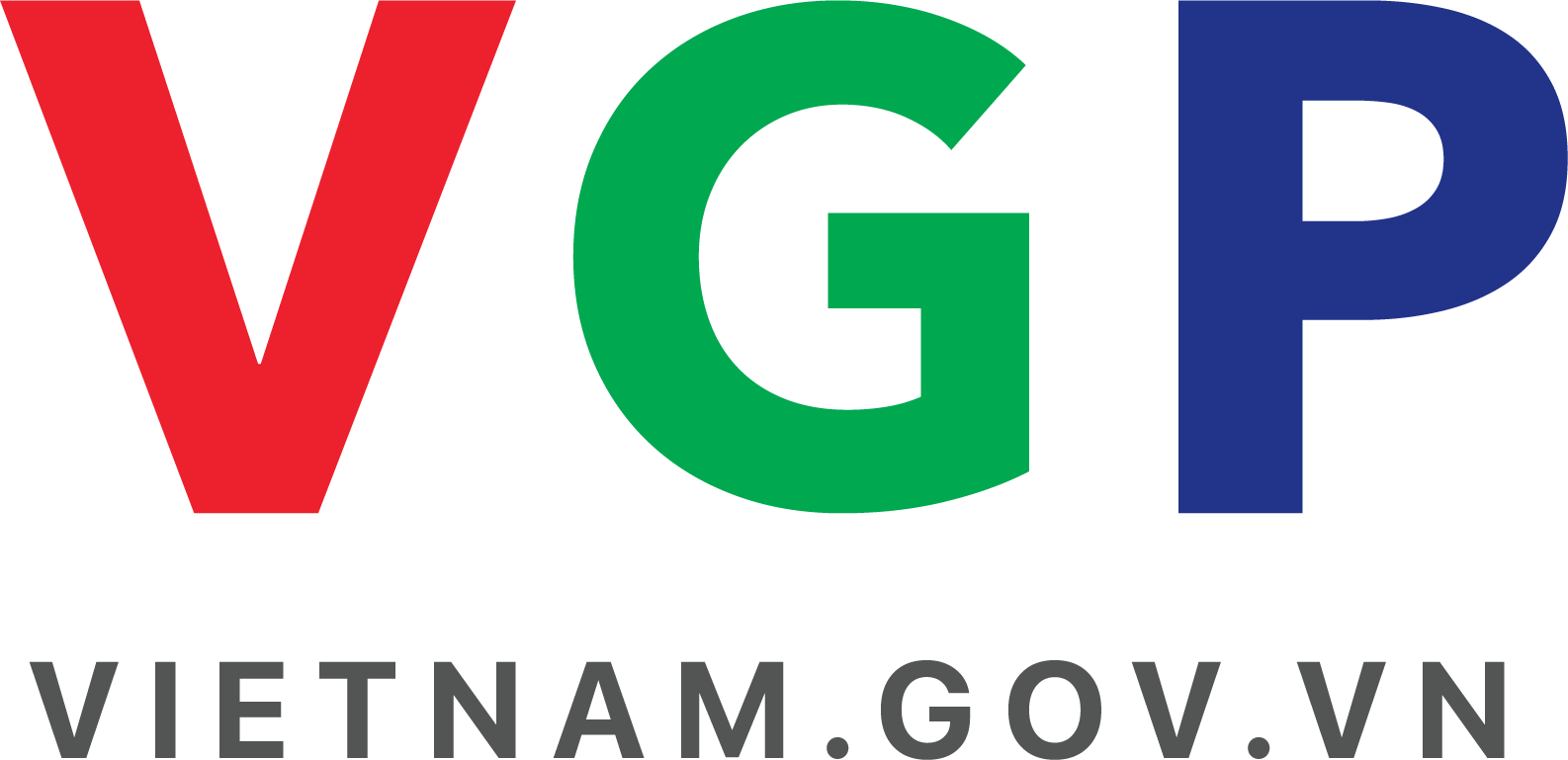
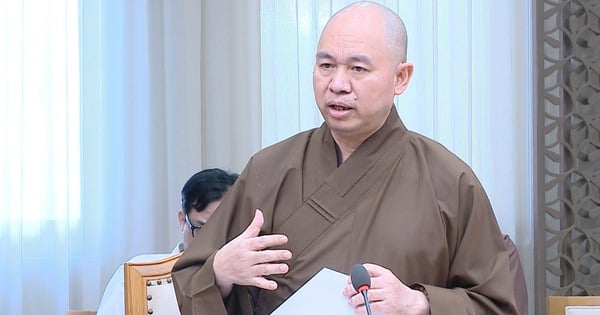
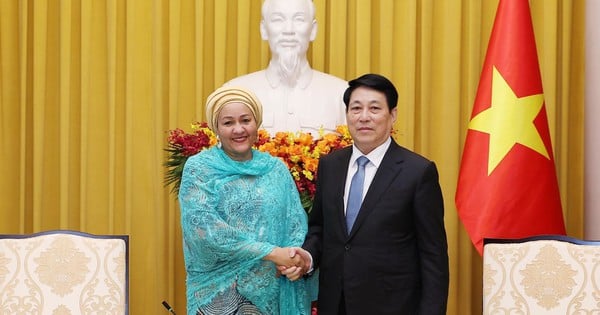
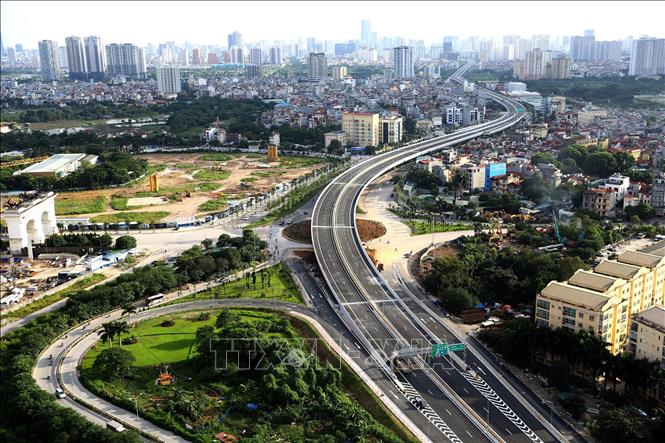


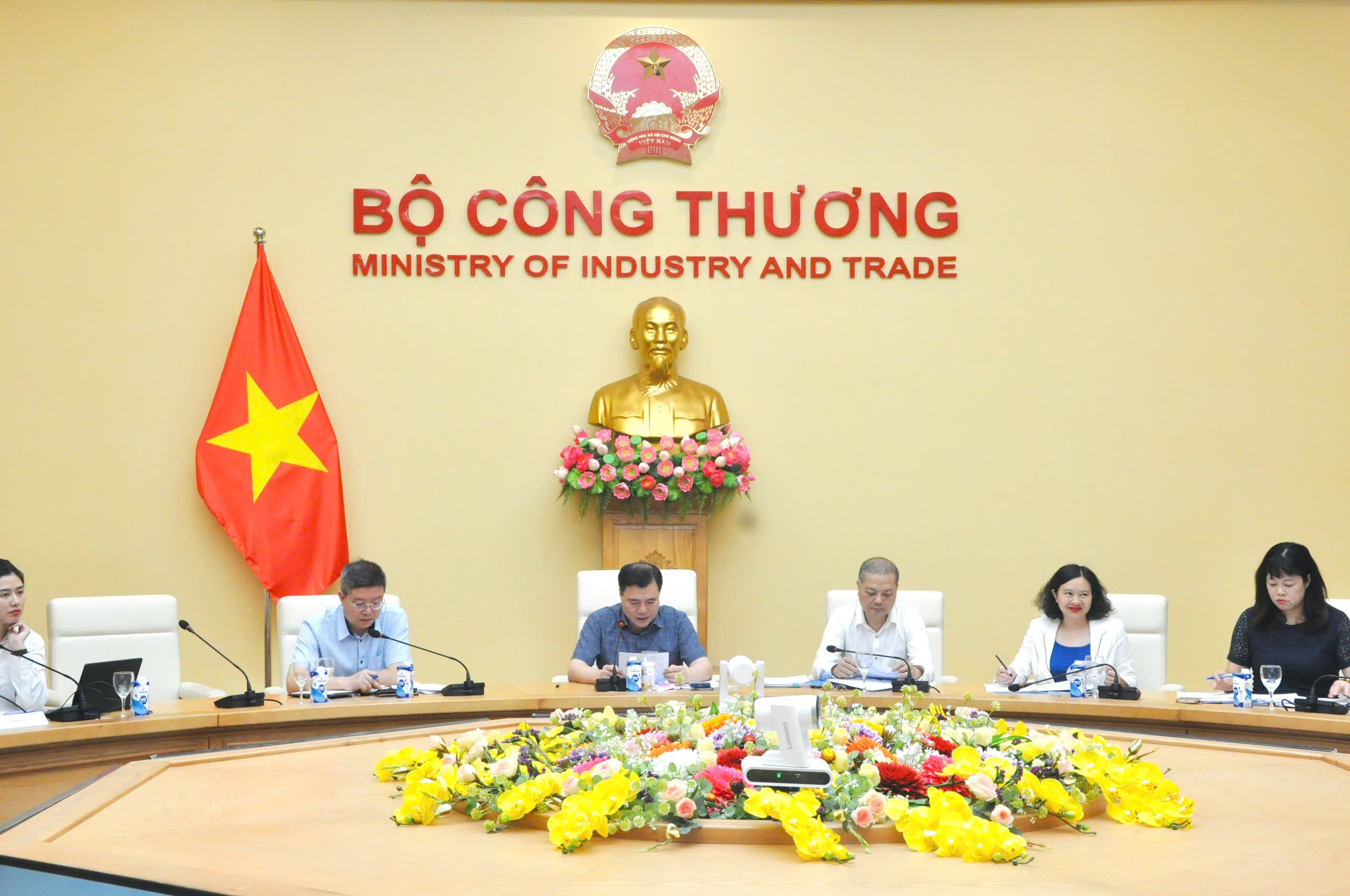
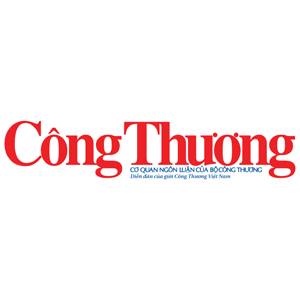
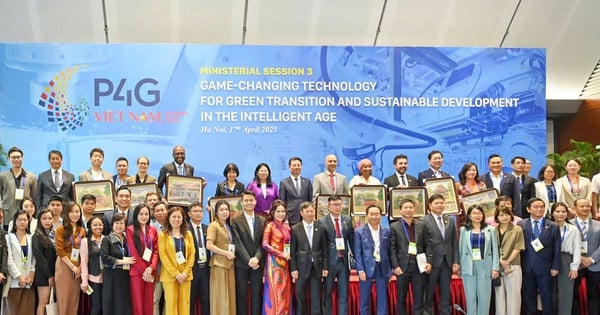
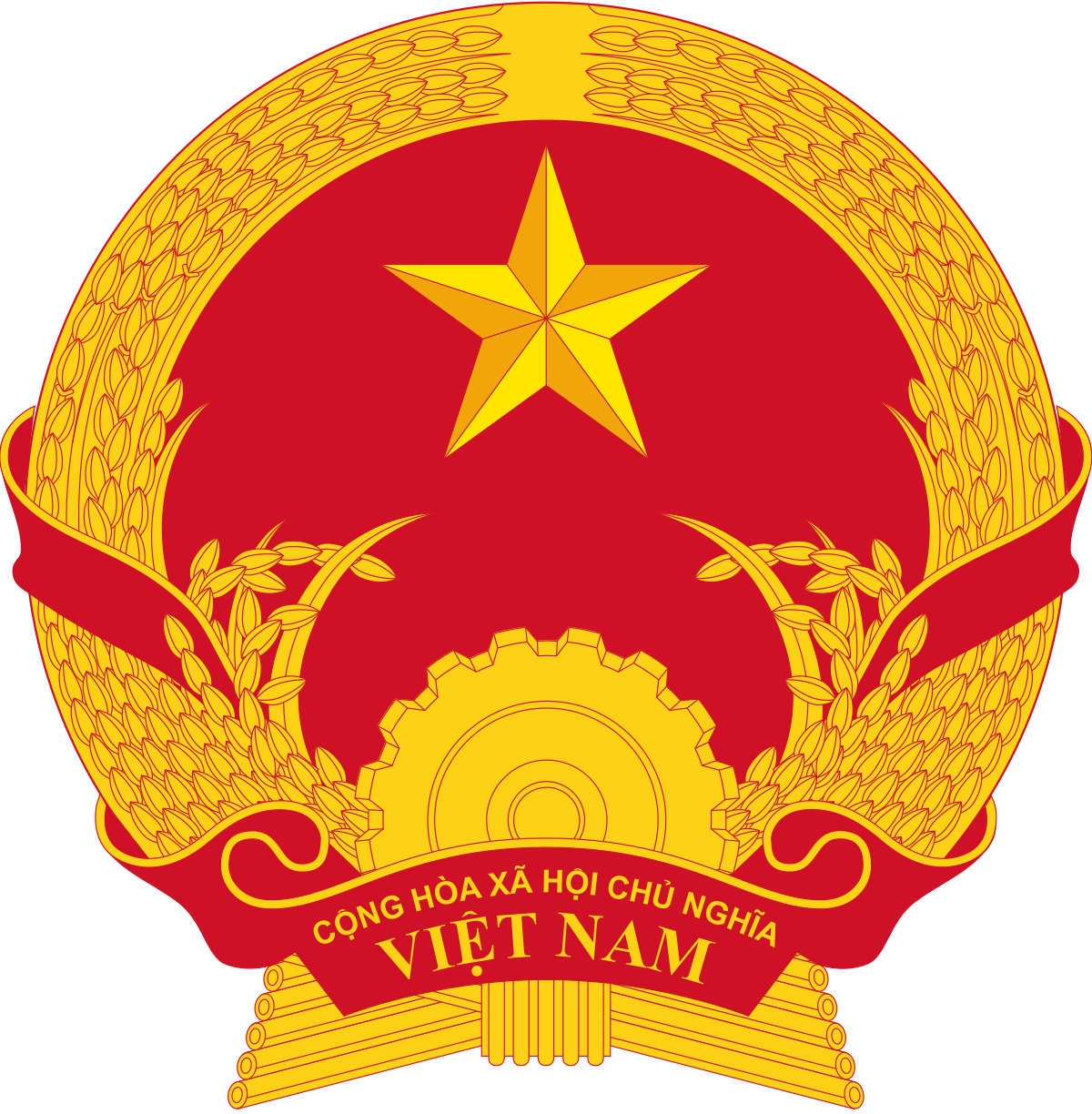

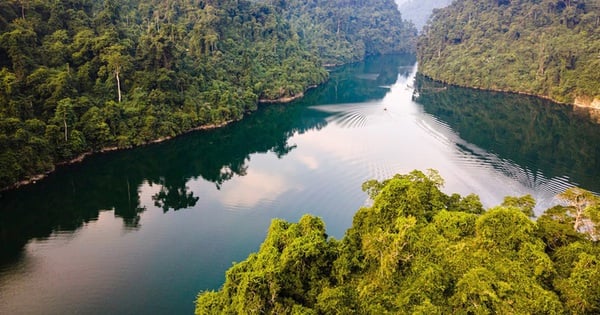
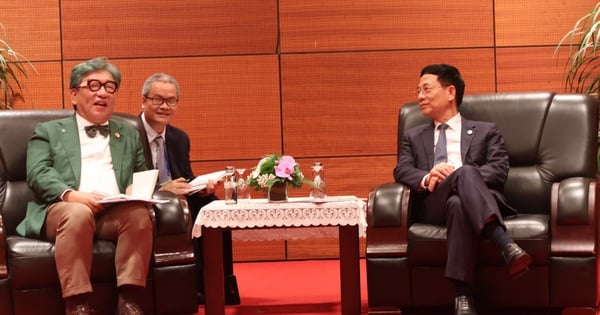


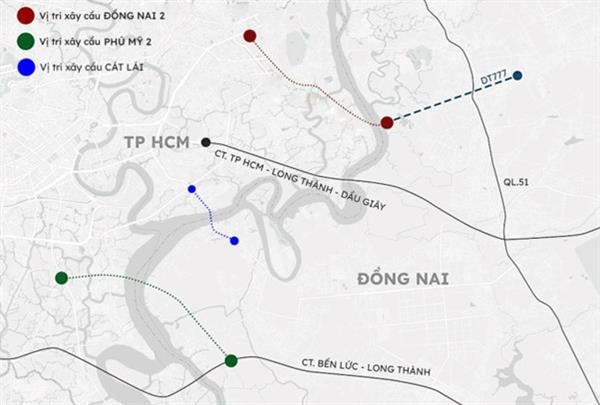


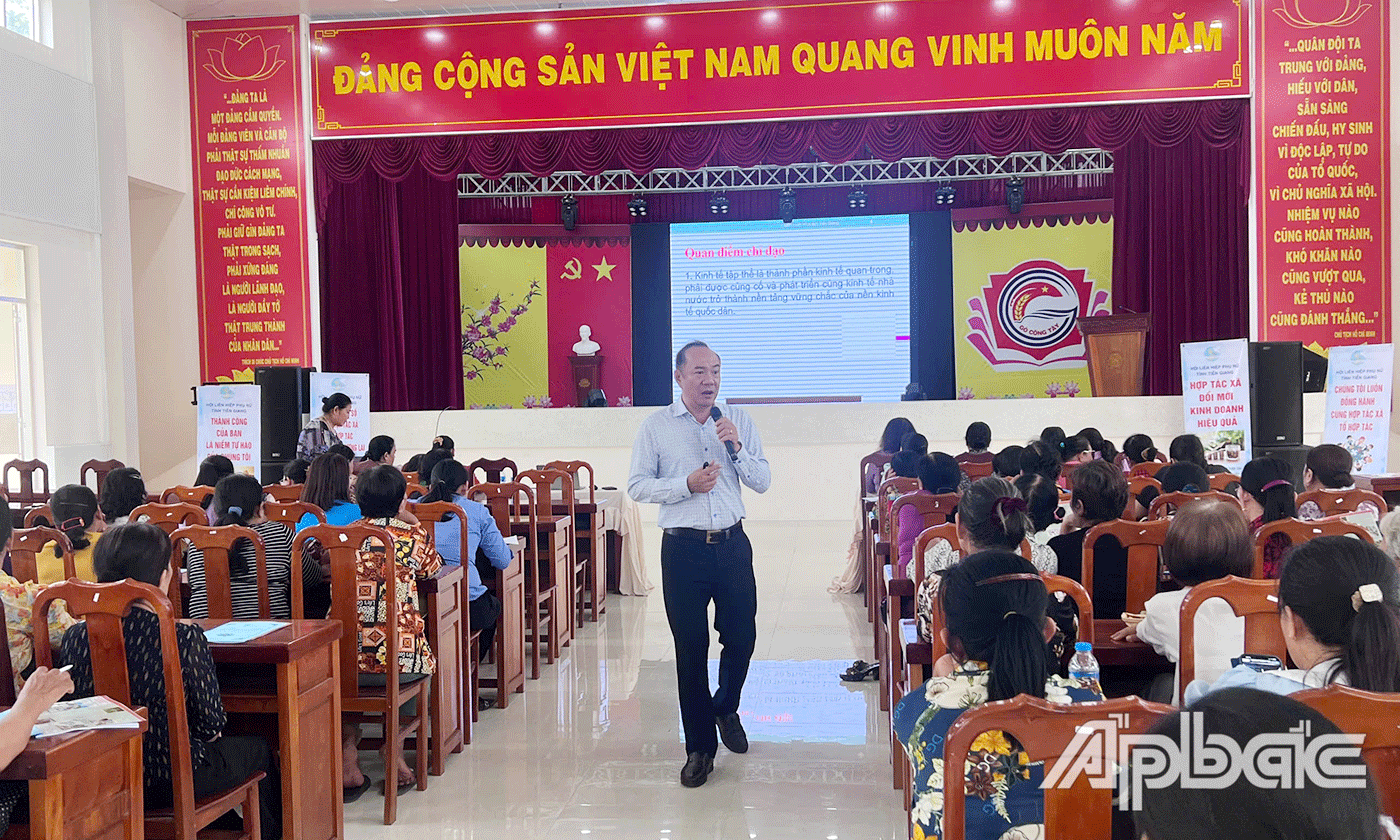
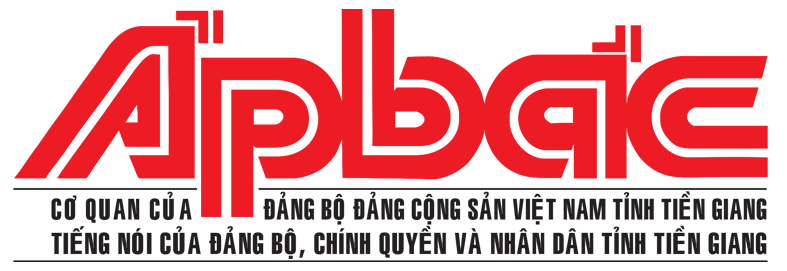
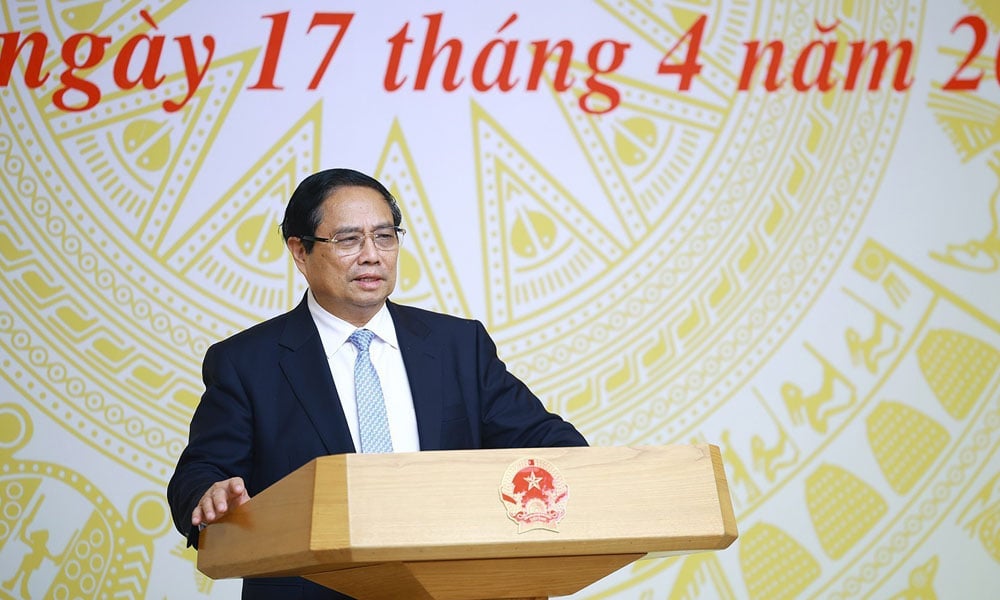

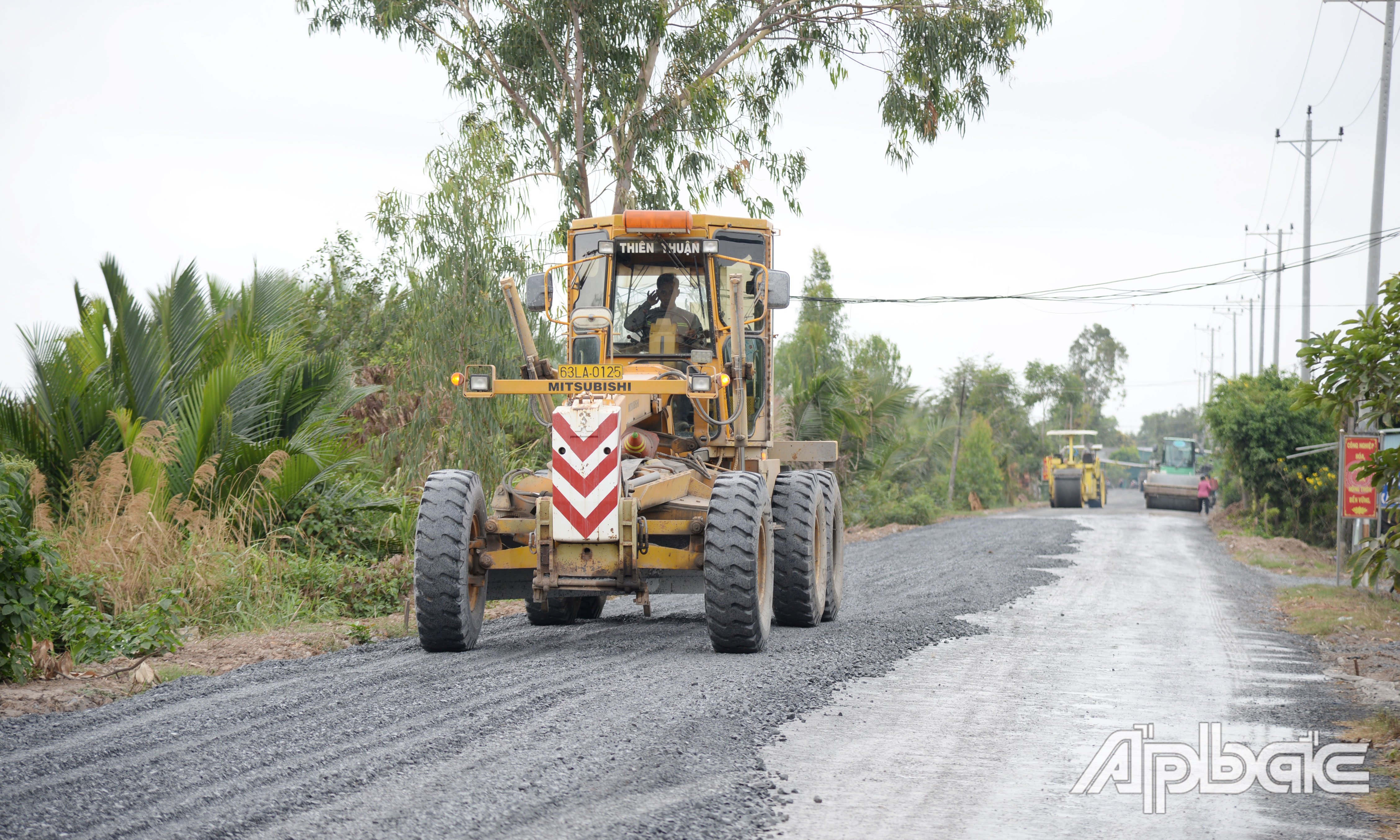
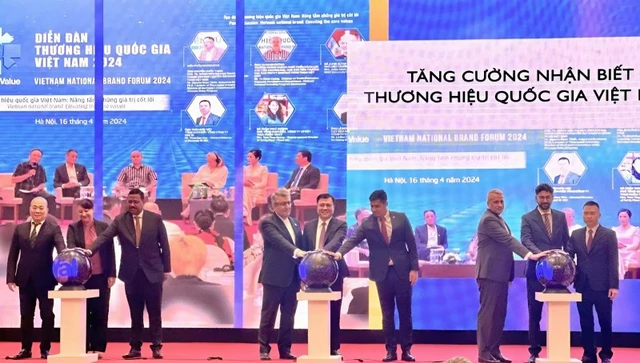

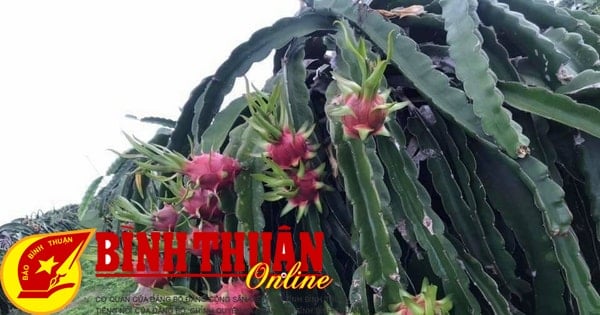

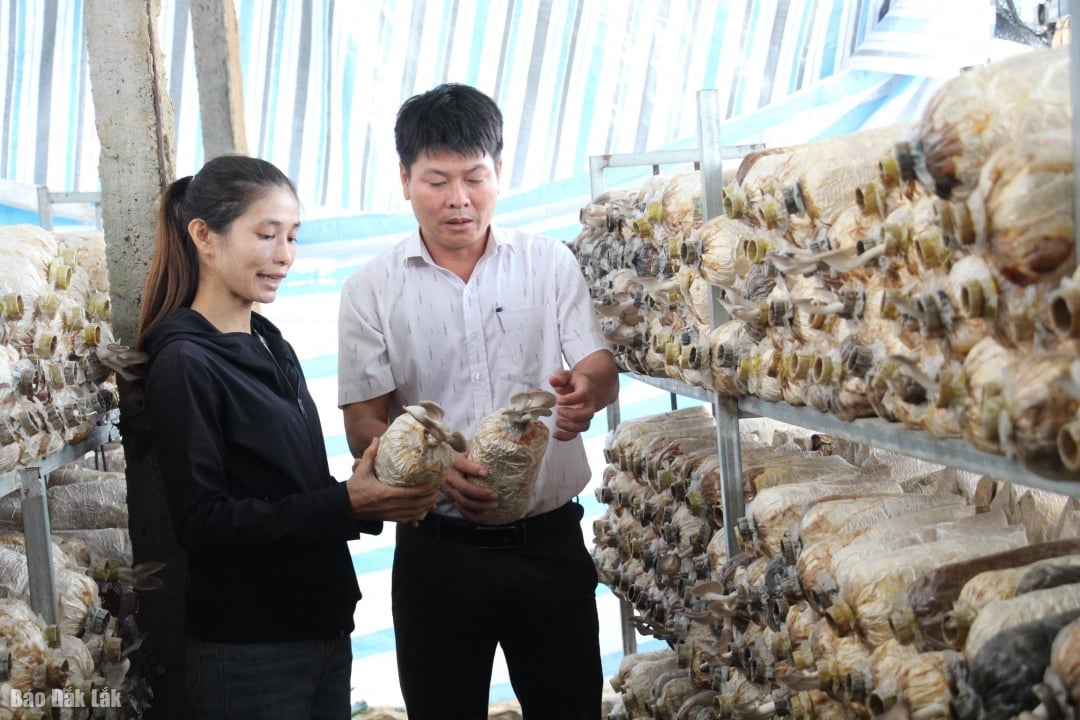
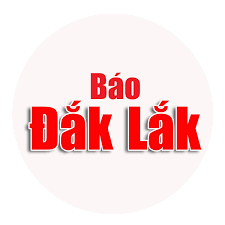
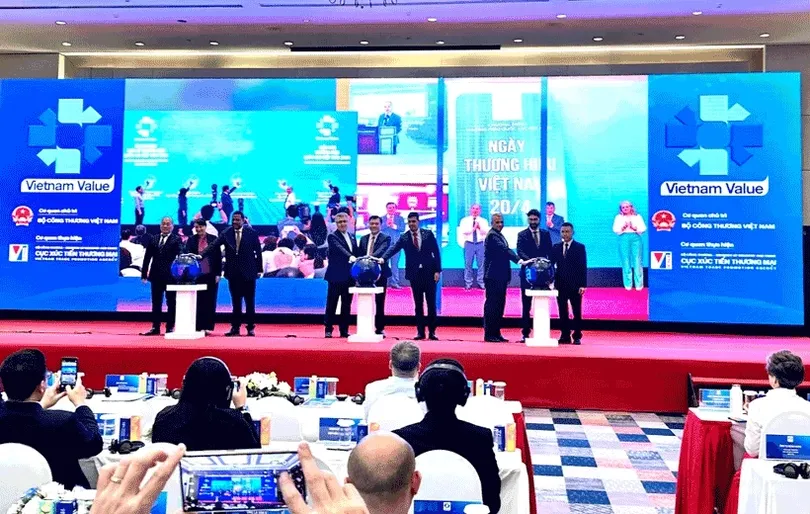

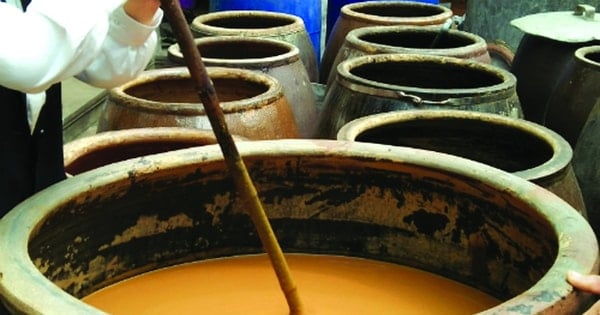
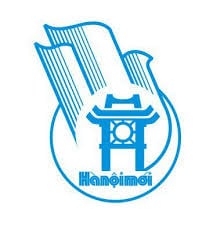
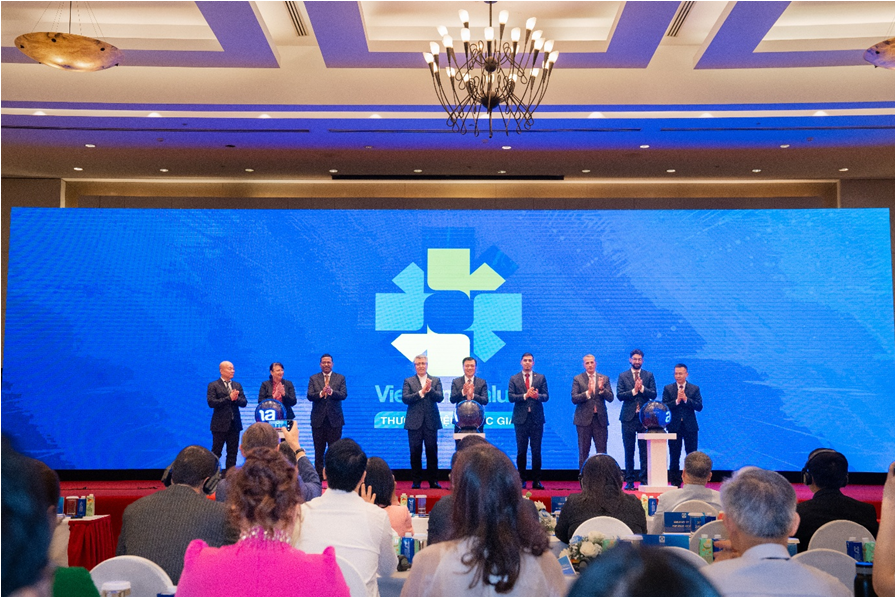
Comment (0)